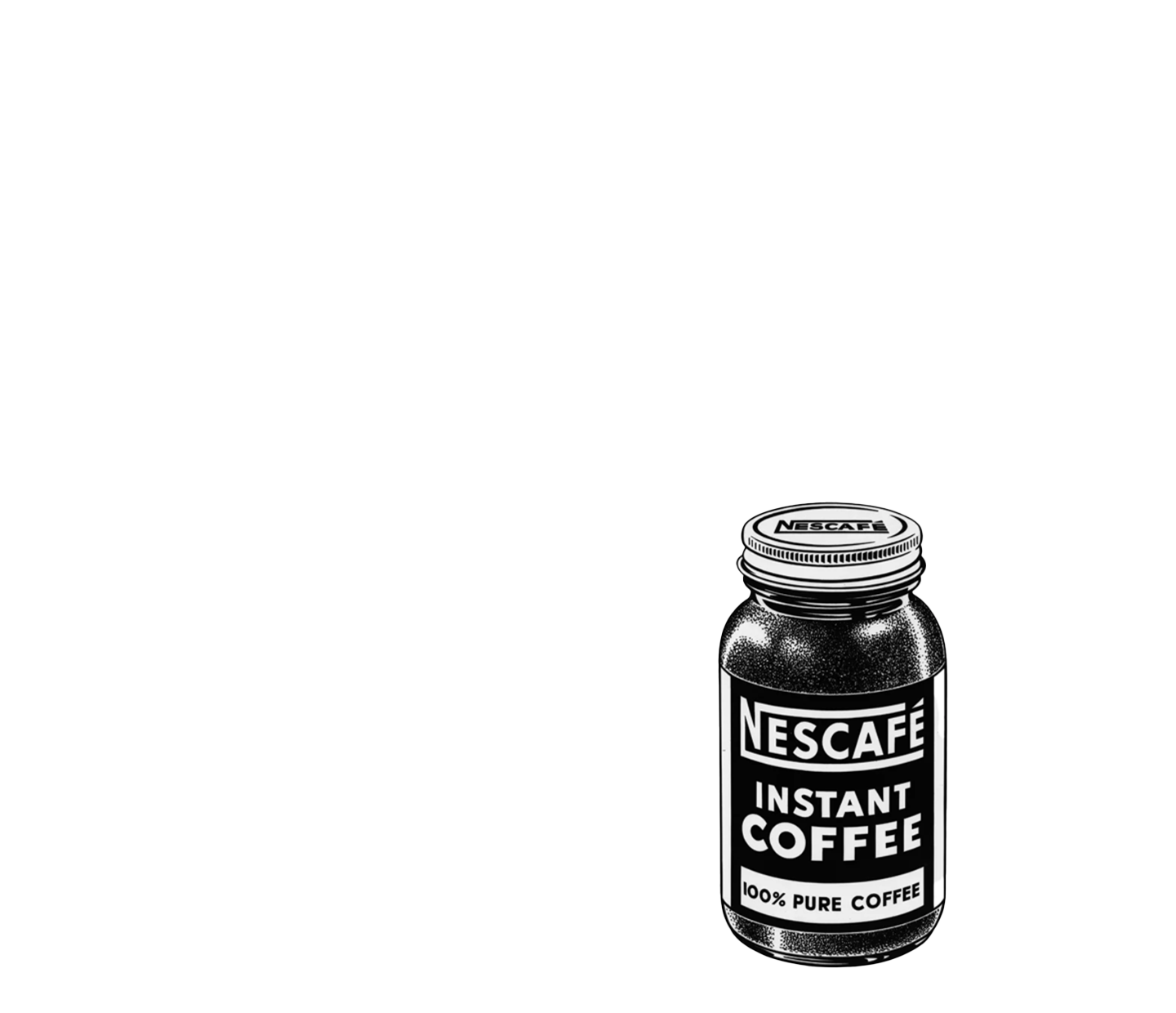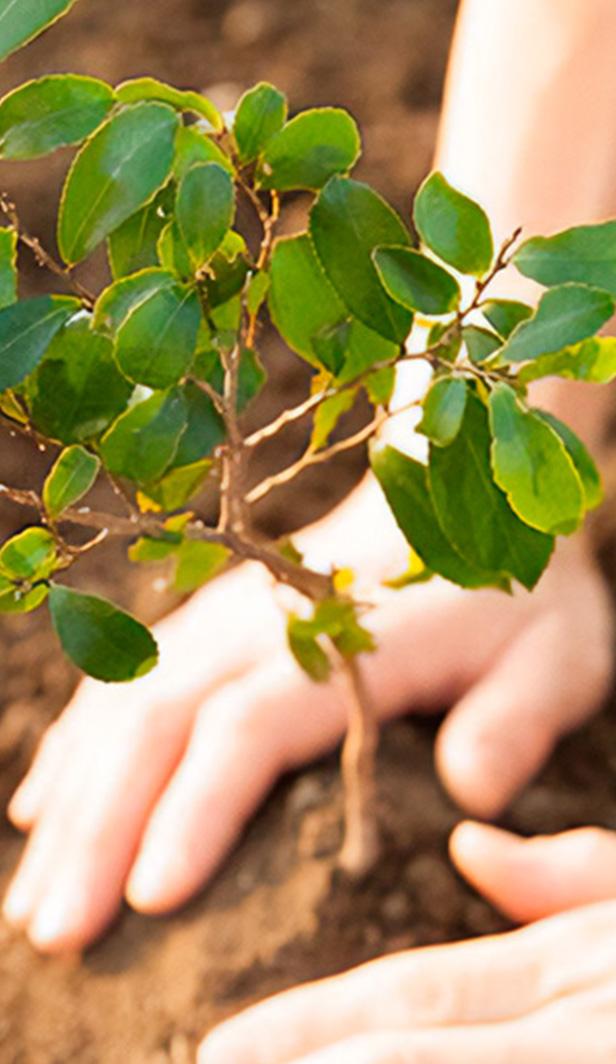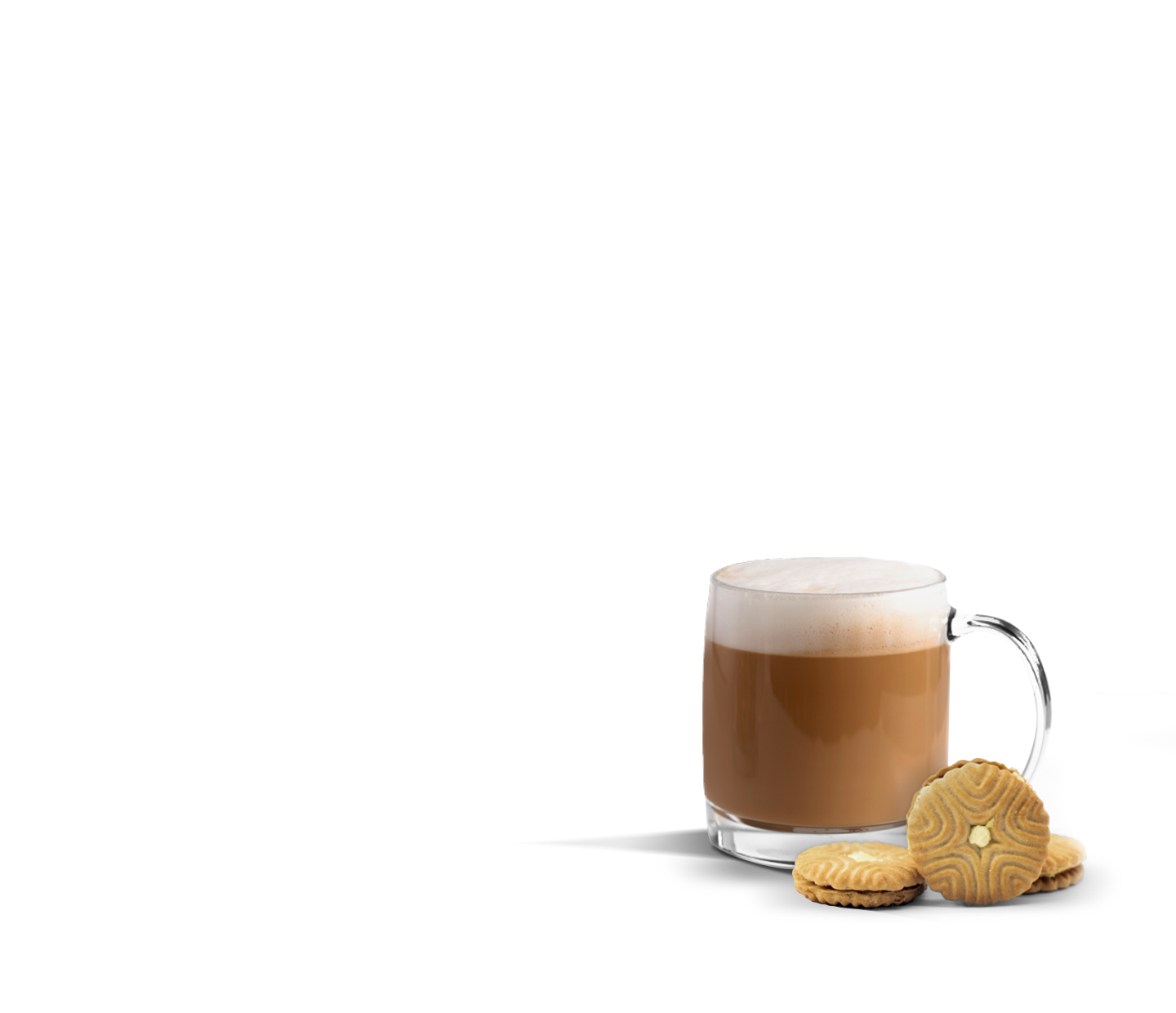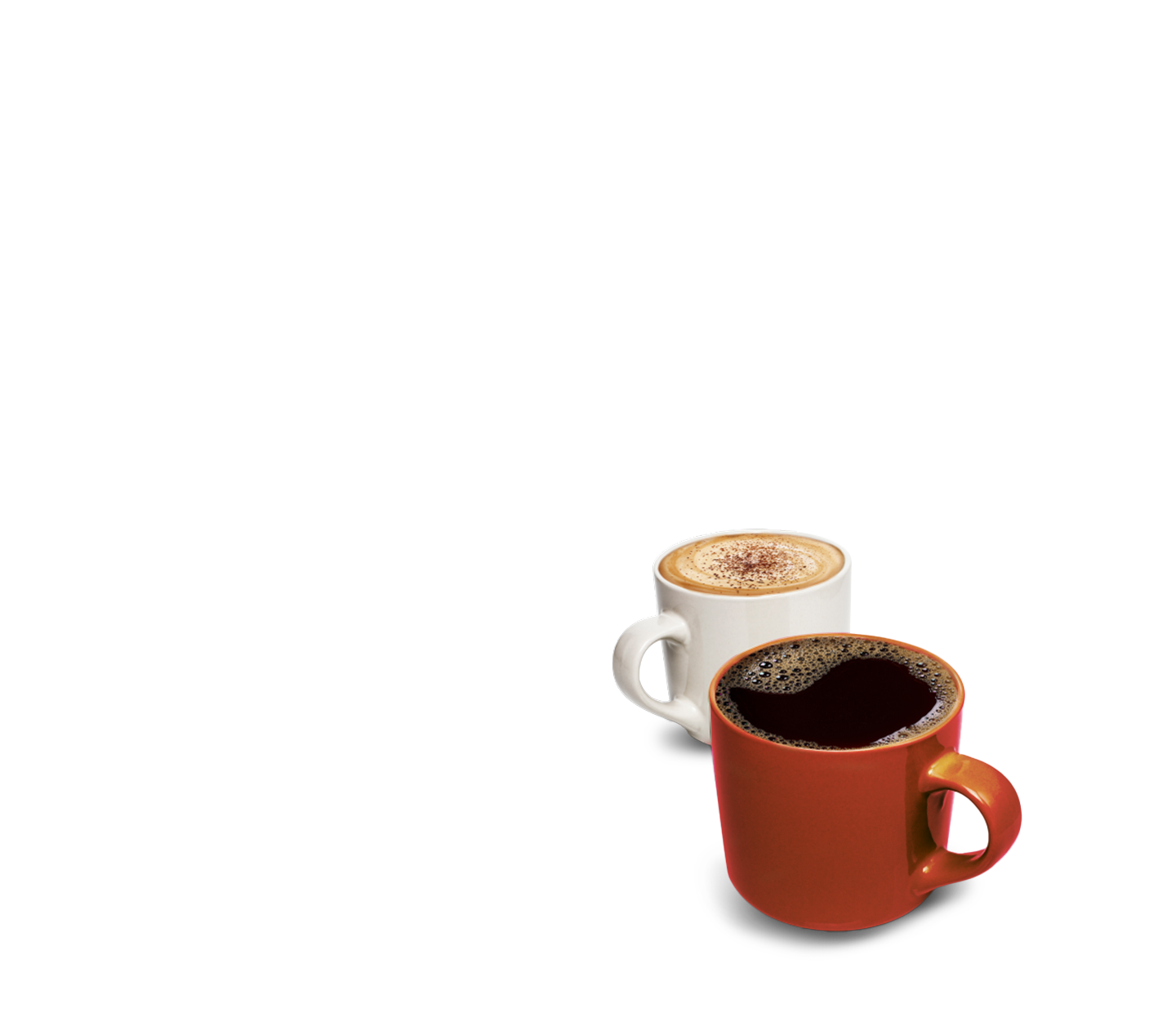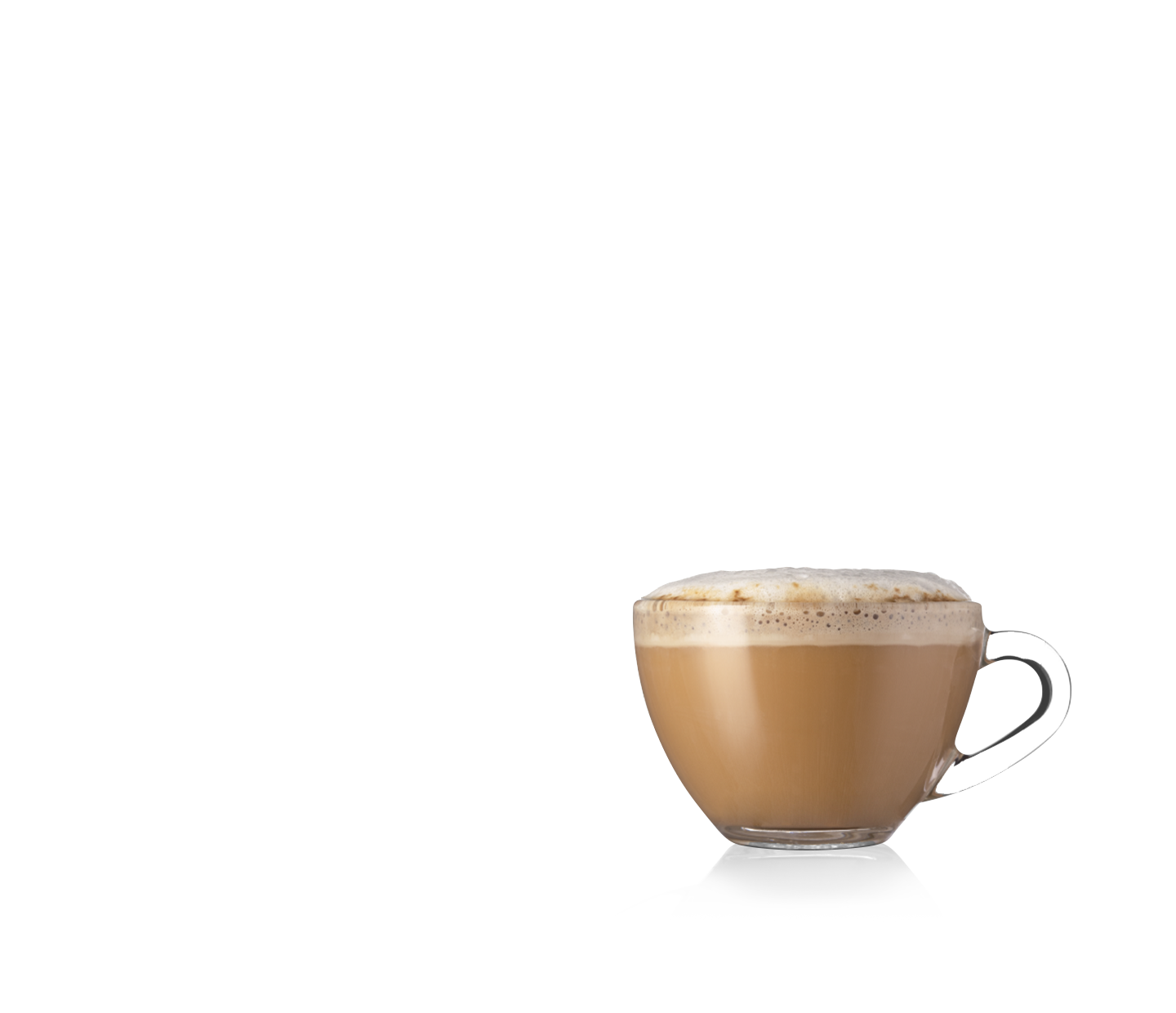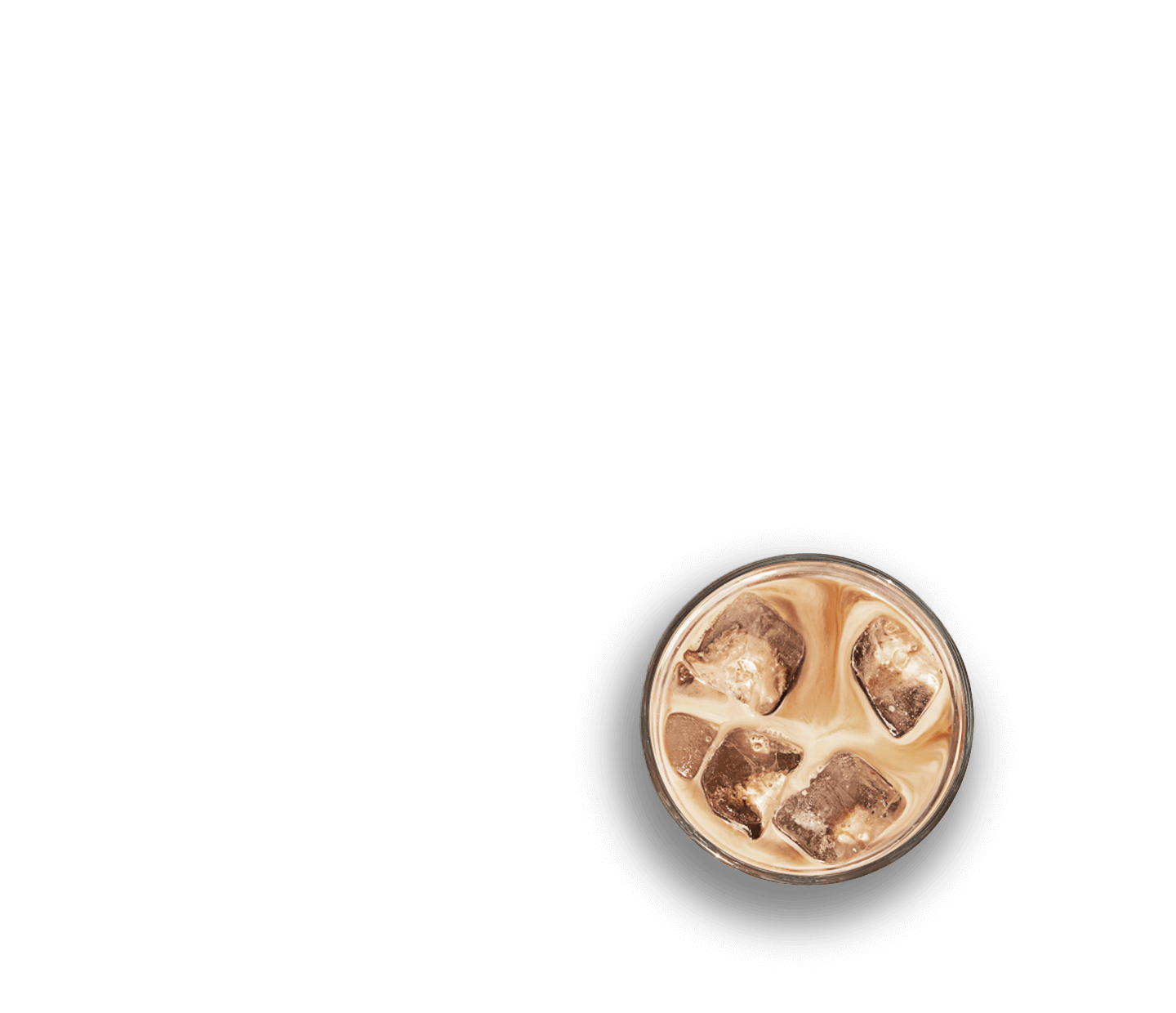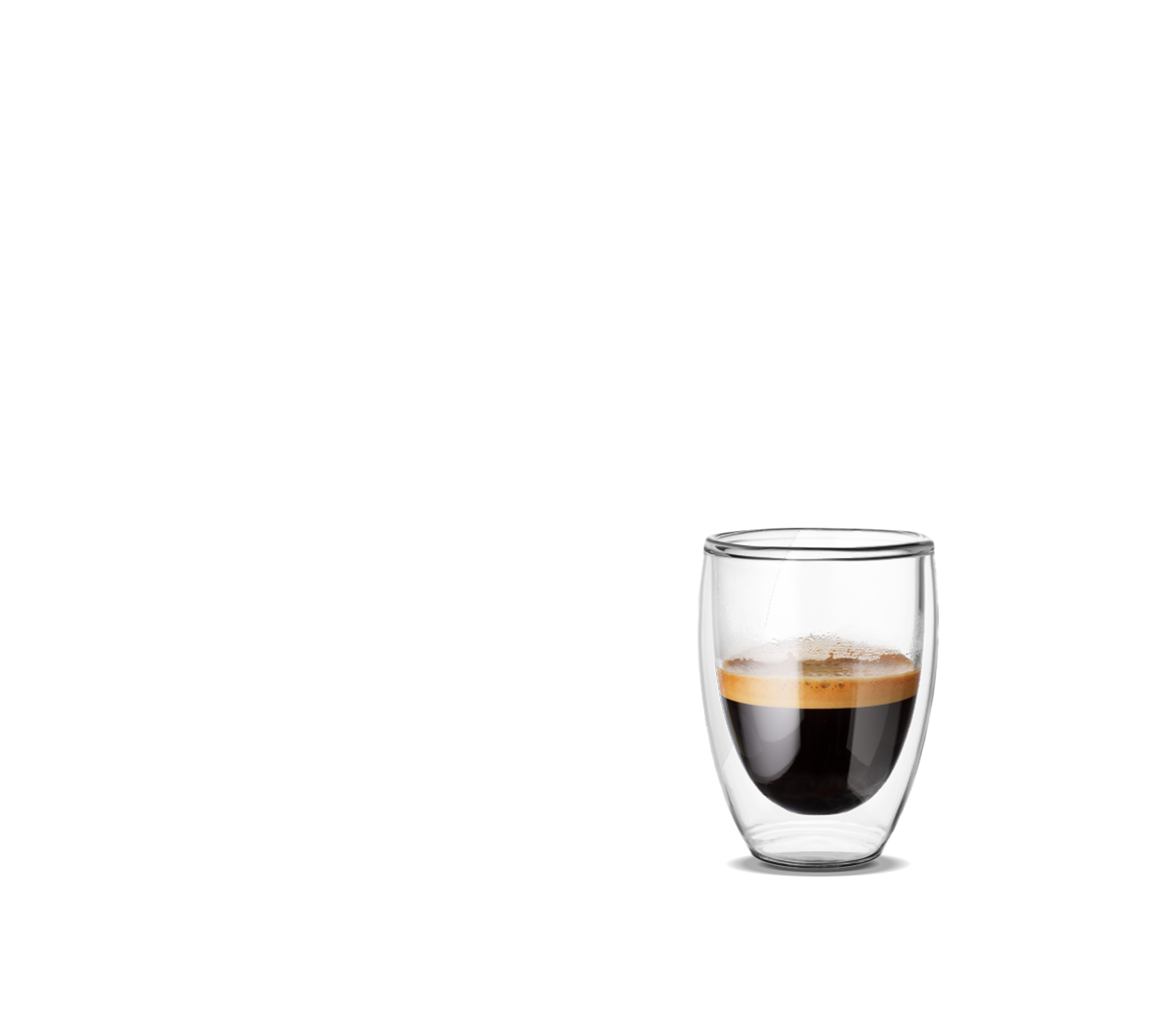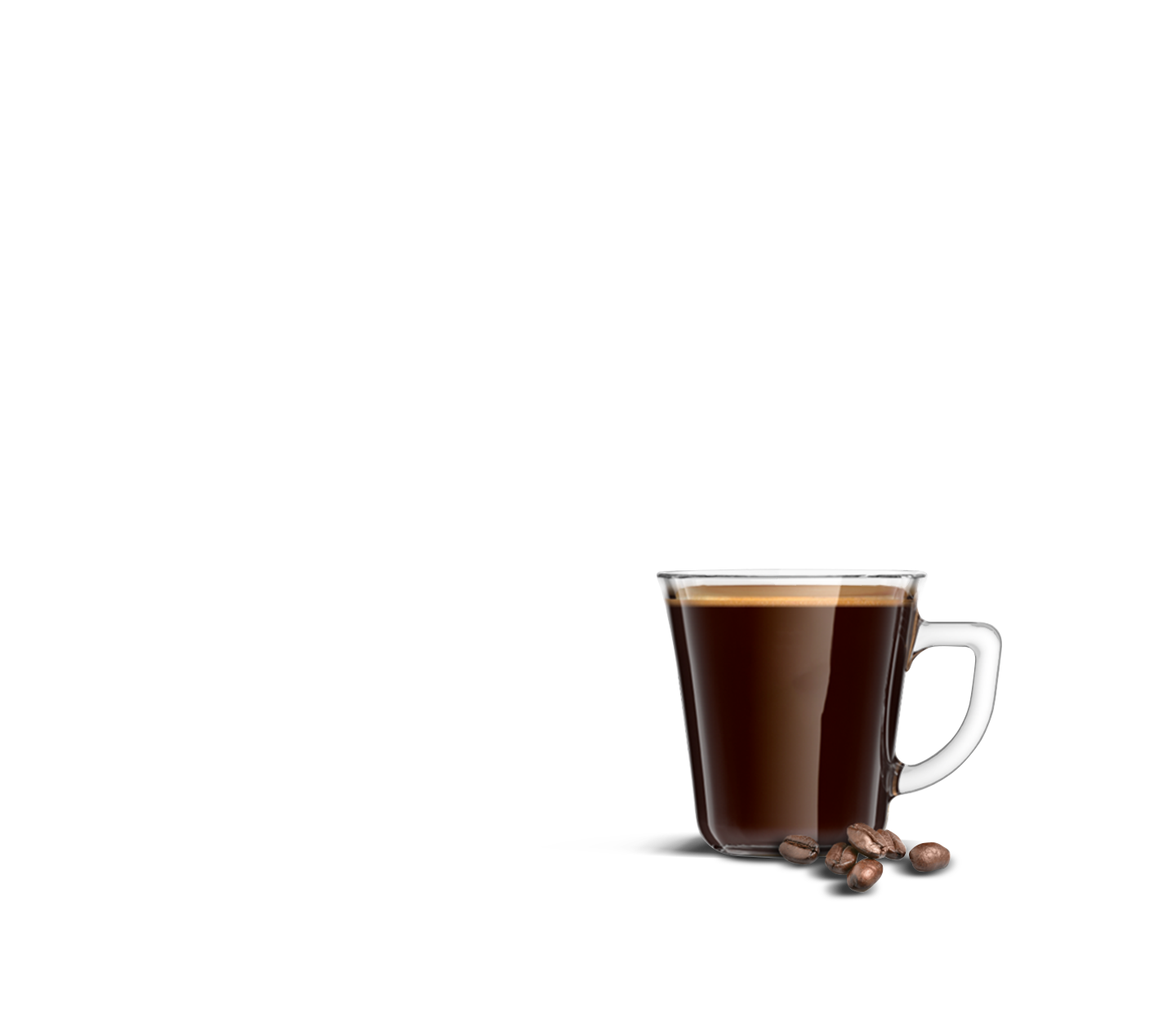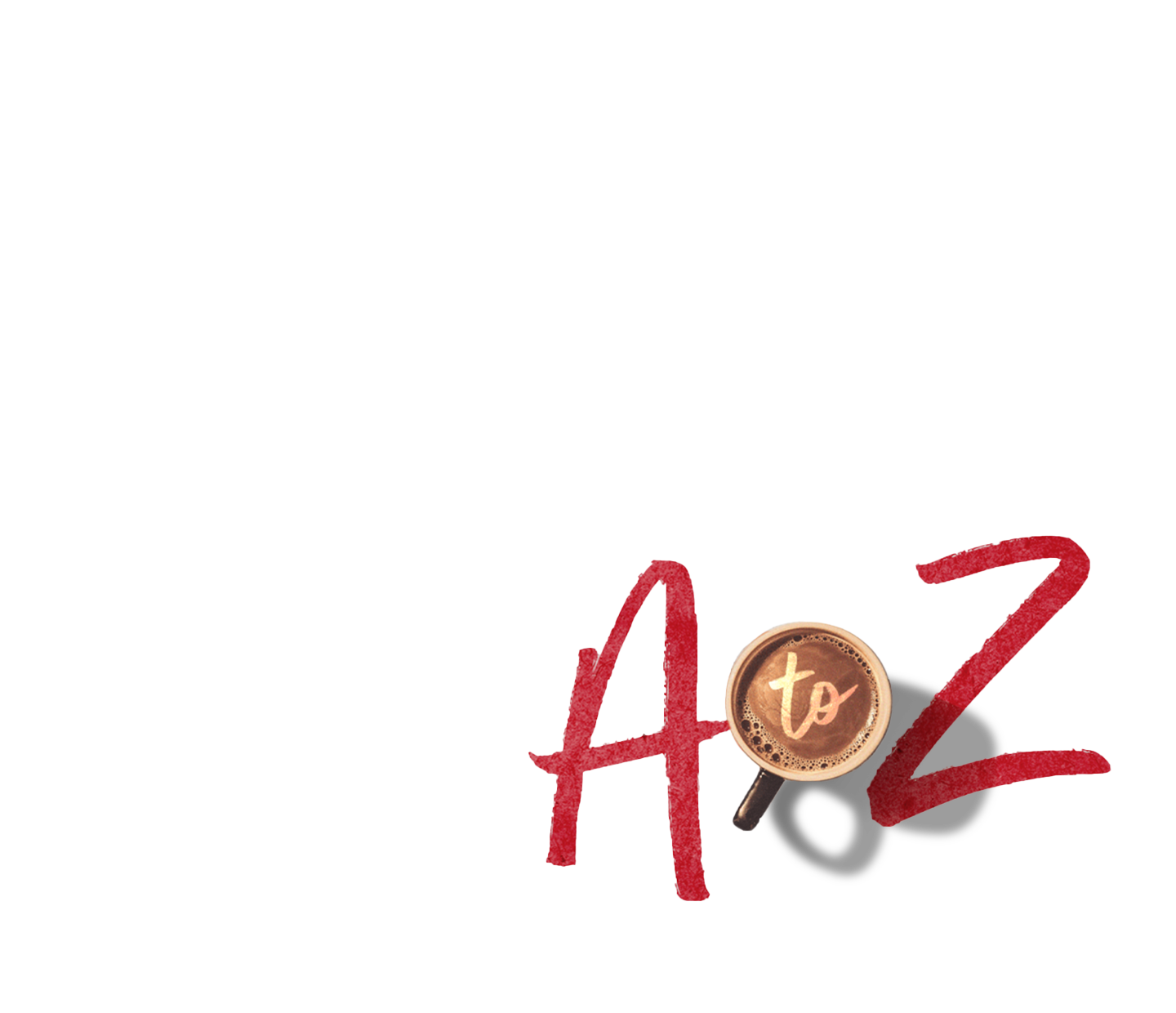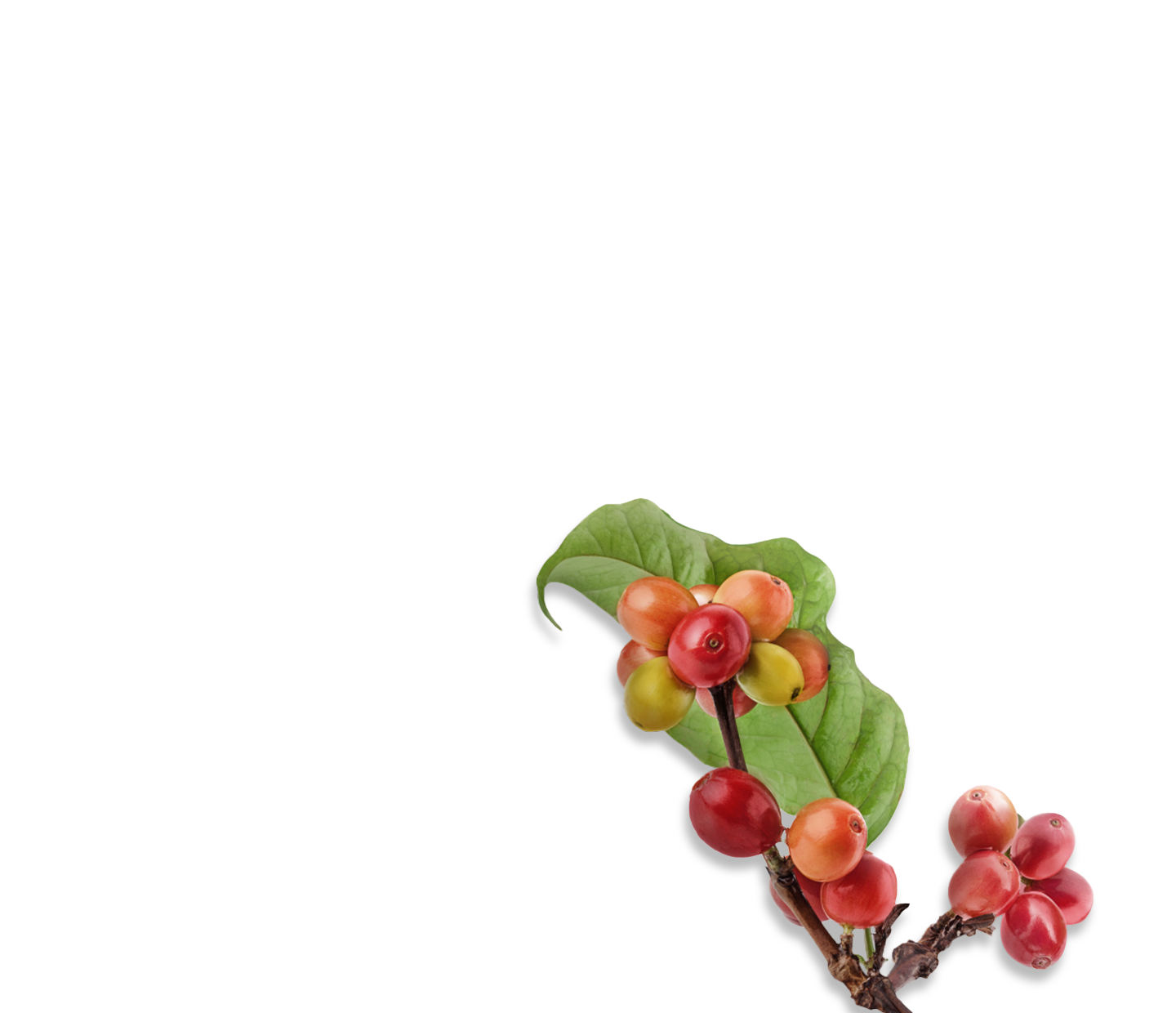The fascinating history of NESCAFÉ®
The idea of instant coffee
The story begins in 1929, when Louis Dapples, Chairman of the Board of Directors of Nestlé received a very special request from Brazil. In order to combat the enormous coffee surplus in the country, it was proposed that Nestlé create a coffee product that was quick to make and also reduced the amount of unnecessary waste from Brazil's coffee bean harvests.
Initially, the idea was to manufacture a cube-shaped coffee tablet, one that simply needed hot water added for an instant brew. However, after a significant amount of research, the iconic flavour couldn’t be retained, meaning the tablet format wasn’t viable. With this idea ruled out, the chemist Max Morgenthaler went back to the drawing board.
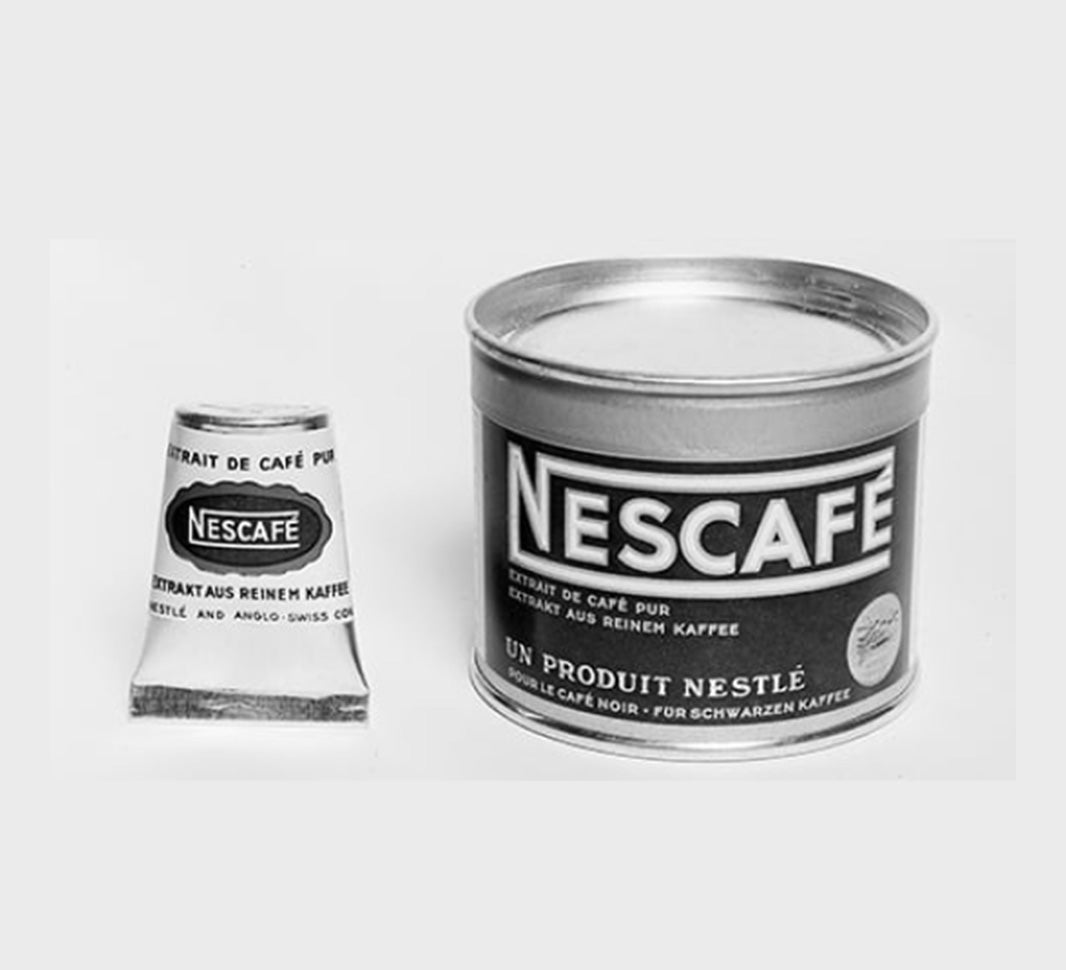
The NESCAFÉ® brand is born
Morgenthaler had the idea of creating a powder rather than a cube, and he discovered that the flavour was best retained when carbohydrates were added to the product, producing a result much more similar to that of coffee beans. After 7 years of careful development, this soluble coffee was launched in Switzerland under the NESCAFÉ® name. The new product was an instant hit so to speak, with the yearly reserves selling out in a mere 2 months. By 1940, NESCAFÉ® was sold in more than 30 countries, on every continent. But this was just the beginning of NESCAFÉ®’s story and exciting developments were still ahead…
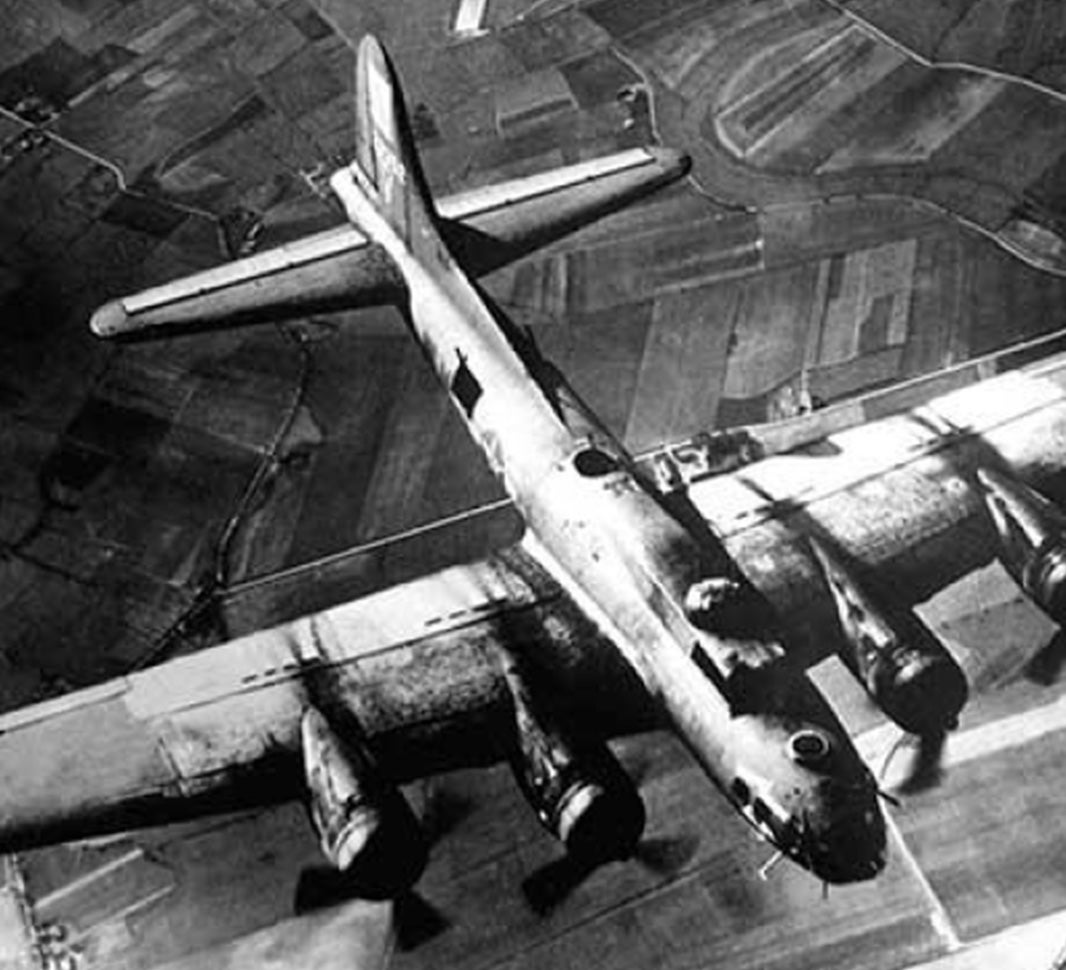
In the early 2000s, NESCAFÉ® began a journey to be one of the most sustainable coffee brands in the world, leading to the launch of Fairtrade certified NESCAFÉ® Partners Blend in 2005 - a world first.
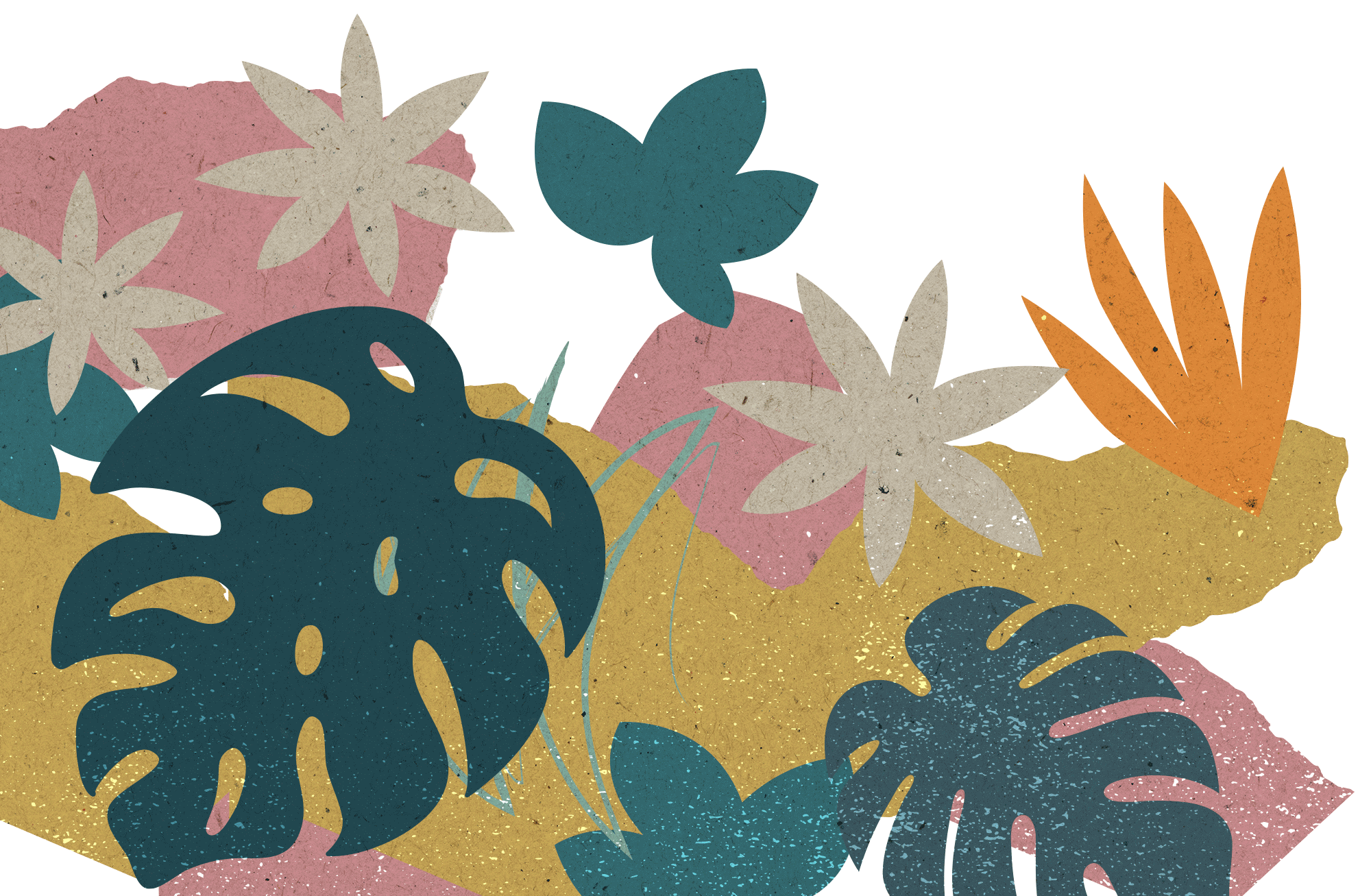
World War II brought a different battle
With the outbreak of World War II NESCAFÉ® instant coffee was included in the emergency rations of every US soldier. When the war came to an end in 1945, NESCAFÉ®, was added to CARE packages for populations in need across Europe and Japan, which was a key turning point in NESCAFÉ® history.
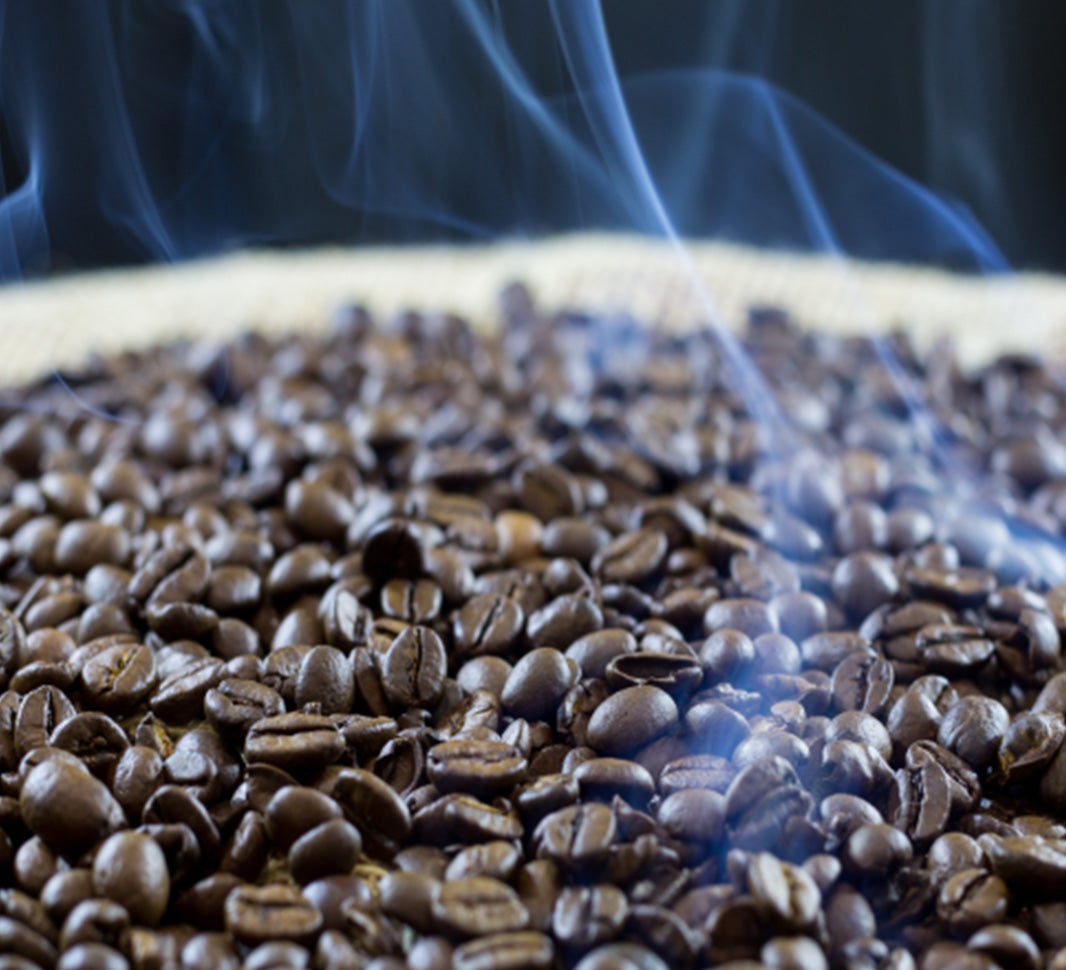
Rise of competitors
It was only natural for competitors to emerge, due to the increased popularity of the product. In order to stay ahead, NESCAFÉ® continued to innovate. In the early 1950s, the discovery was made that the flavour-protecting carbohydrates – previously found in glucose solution – could be extracted straight from the coffee bean, resulting in a much richer product.
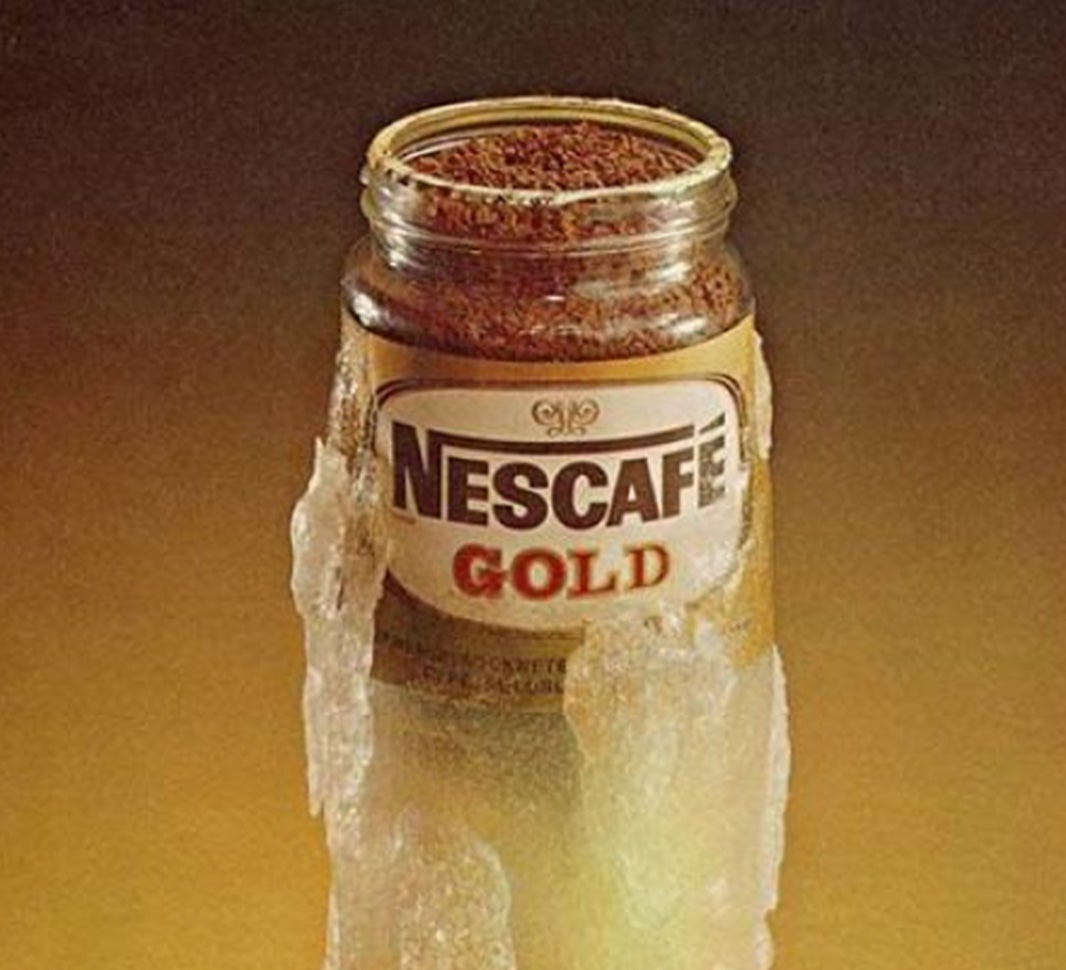
Today’s community favourites
Discover some of the most enjoyed articles from across the site

What is a latte?
Make your moment more uplifting
A latte or caffè latte is a milk coffee that boasts a silky layer of foam as a real highlight of the drink. A true latte will be made of one or two shots of espresso, steamed milk and a final, thin layer of frothed milk on top. These elements combined result in a balanced milky coffee that's aesthetically pleasing with a smooth texture.
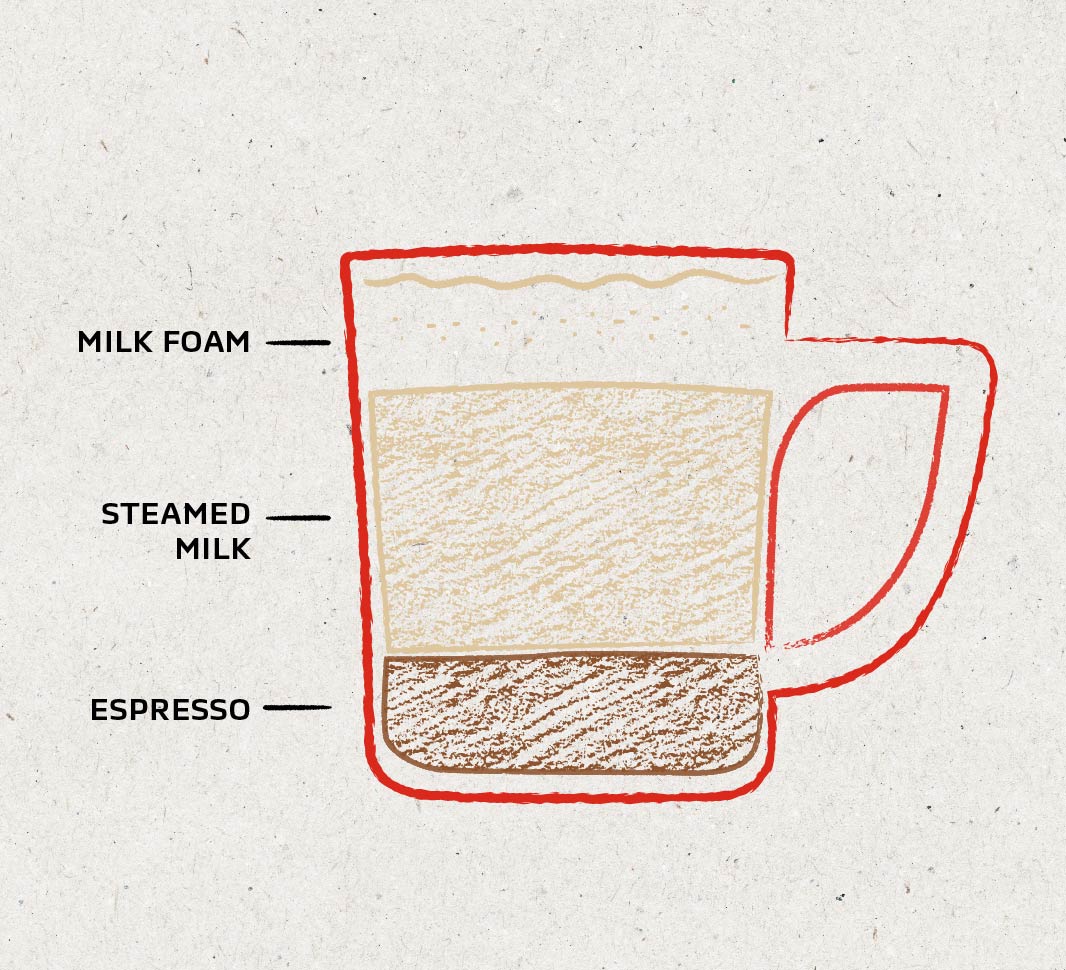
Latte origins
The origins of the latte aren’t very clear as people have been combining coffee and milk for centuries. However, the silky beverage that we know today is thought to originate in America, hitting the peak of popularity in Seattle during the 80’s.
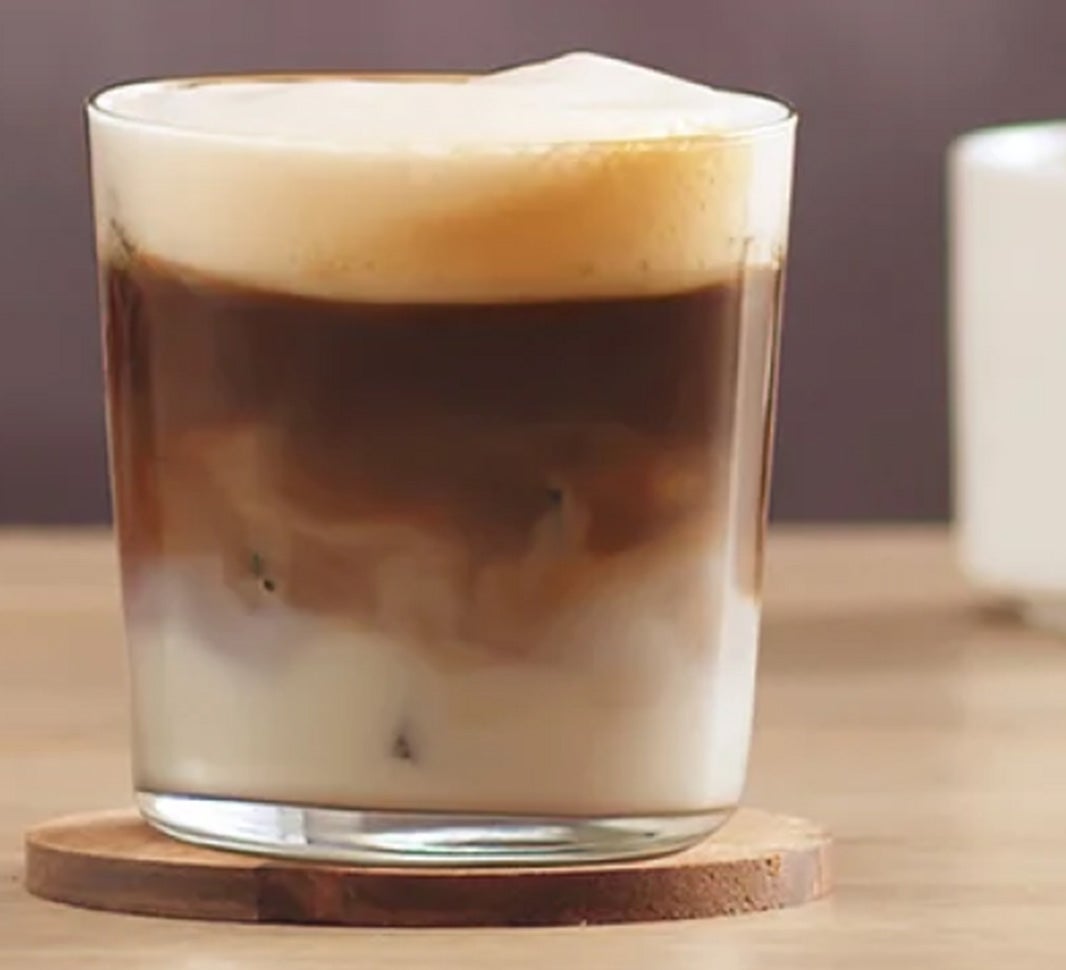
A latte or caffè latte is a milk coffee that is made up of one or two shots of espresso, lots of steamed milk and a final, thin layer of frothed milk on top.

Latte vs cappuccino — what's the difference?
Despite the latte being such a popular choice, it’s often confused with a cappuccino as they’re both frothy coffees. But they are very different drinks. A latte is creamier, with espresso and steamed milk mixed together to create a more subtle taste. A cappuccino on the other hand is much stronger with equal parts steamed and foamed milk. It’s also customary in most places to serve a cappuccino with a dusting of chocolate on top.
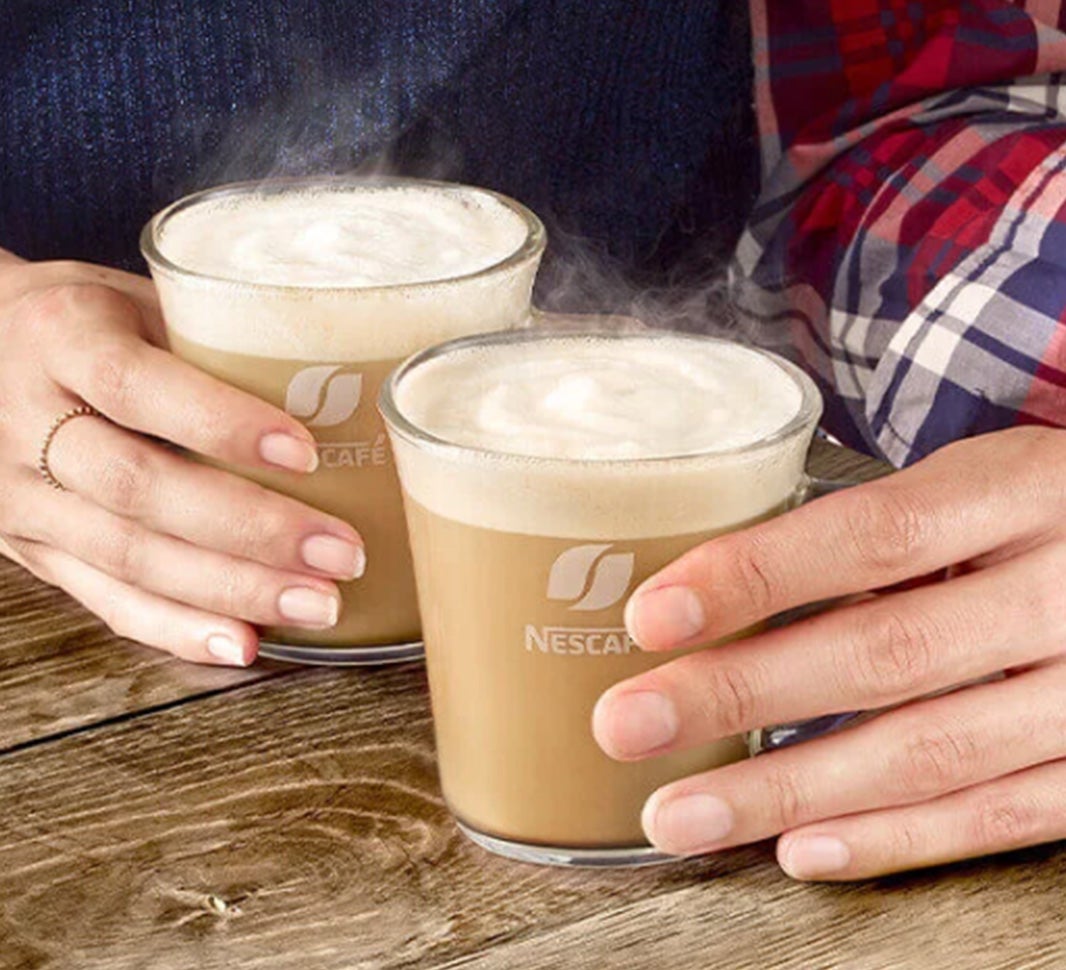
Today’s community favourites
Discover some of the most enjoyed articles from across the site

Find your fix - coffee strength and flavour guide
Is number 10 the strongest coffee?
The truth is the higher the number, the darker the roast. This means you’ll get a stronger flavour profile that’s usually more bitter, punchier and intense. Dark roast coffee is roasted past the second crack (the ‘crack’ is when the coffee makes an audible pop like popcorn, most roasts will reach the first crack). This allows for more natural oils to be released which creates a much punchier, more full-bodied flavour. Lighter roasts on the other hand usually offer drier, fruitier flavours.
The numbers on the coffee strength scale tend to reflect the intensity of the flavour rather than the caffeine content, with the higher numbers more bitter and dark and the lower numbers lighter and fruitier.

How roasting impacts coffee flavour
The flavour of your coffee owes a lot to the roasting process. Before roasting, coffee beans are actually green and possess a grassy scent. It’s during the roasting process that different roast profiles are developed and each blend is carefully crafted by master roasters, to ensure each sip is as delicious as the last. Generally, the longer beans are roasted, the more natural oils are released from the coffee beans, giving them a stronger and more bitter taste.
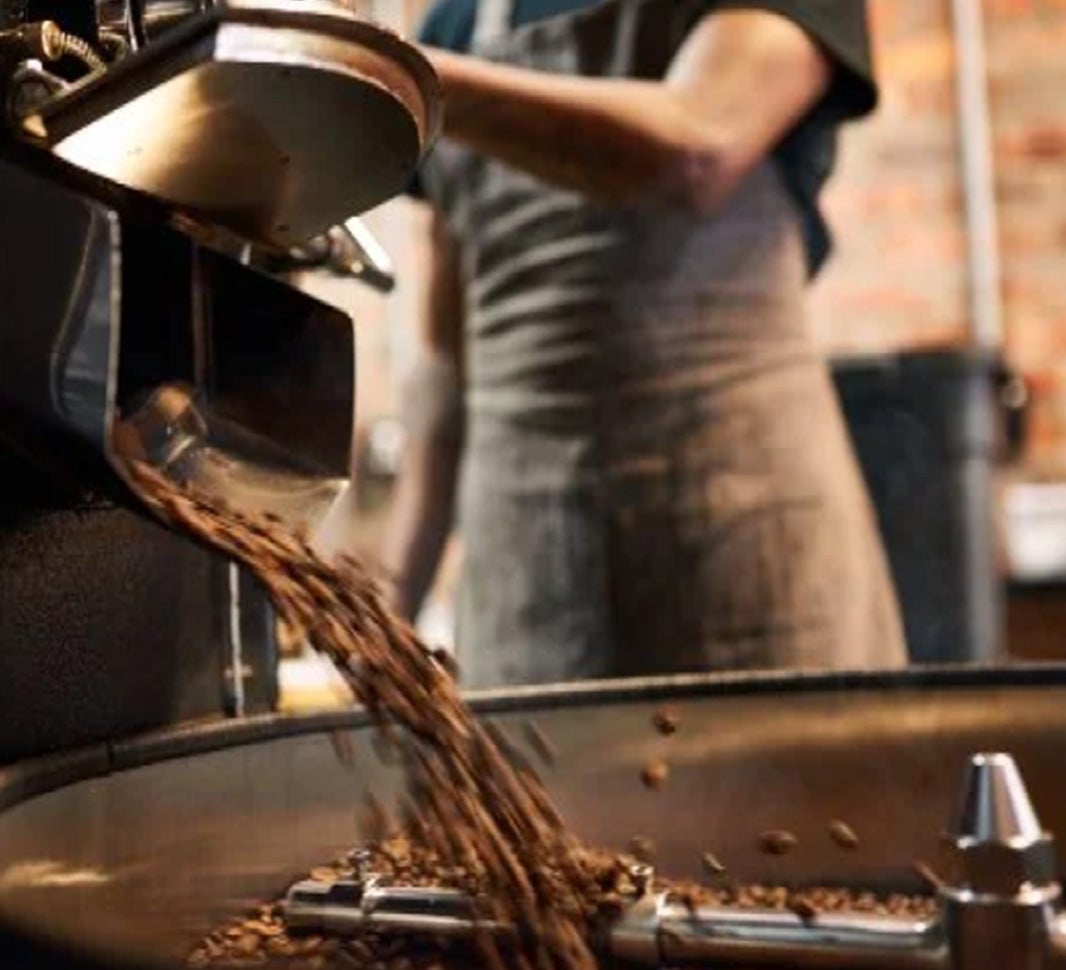
Did you know instant coffee is known to contain less caffeine than brewed coffee? This is because of the difference brewing methods involved, which leave the grinds in contact with water for longer.

Coffee strength scale
Here’s a rough guide if you’re wondering what the coffee strength numbers mean. But bear in mind, different brands may scale their coffees differently.
- Light roast coffee
Generally lighter and more citrusy in flavour, which is due to the fact that the beans aren’t roasted long enough for the oils to break through. - Medium roast coffee
Well-balanced and smooth, which makes it a popular choice - the beans possess a non-oily surface. - Medium-dark roast coffee
Full-bodied and well-rounded with a slightly oily surface. Our iconic NESCAFÉ® Original blend is a medium dark roast coffee that’s perfectly balanced. - Dark roast coffee
Rich and intense. The beans will be very shiny with lots of oil and dark in colour. - Very dark roast coffee
Almost bitter tasting and extremely intense. The coffee beans will be shiny and black and appear almost charred. NESCAFÉ® Black Roast is our darkest roast yet and carefully crafted for rich flavour.

What impacts the caffeine content in coffee?
There are a few factors which may affect the caffeine content of your coffee. Some start before you even get your hands on it, but it’s worth knowing that the way you brew it may have an impact too.
1. The coffee beans
One of the biggest influences on caffeine content begins with the coffee beans used in the blend. Arabica beans are often the most popular due to their smoother taste, but Robusta beans actually contain up to twice the caffeine content. Most instant coffee blends will use a combination of the two.

What impacts the caffeine content in coffee?
2. The size of the grind
Interestingly, the smaller the grind, the more caffeine the blend contains. Incredibly fine ground coffee boasts the highest extraction and thus, the most caffeine content. Coffee usually comes ground as one of the following:
Extra fine: powdery and light in texture, like confectioner’s sugar
Fine: soft and will stick together when pressed, looks like finely milled salt
Medium fine: gritty texture, almost like sand
Medium: crumbly, likened to peat moss
Medium coarse: looks and feels like rocky sand
Coarse: feels like particles of clay flaky sea salt in appearance
Extra coarse: looks like ground peppercorns and feels like broken shells
3. How you brew your coffee
Not only does the ratio of coffee to water impact the caffeine content, but so does the temperature you brew it at. In fact, the hotter the water, the more caffeine that gets extracted from the coffee. Also, instant coffee is known to contain less caffeine than brewed coffee. This is because of the difference brewing methods involved, which leave the grinds in contact with water for longer.
When it comes to knowing coffee, understanding strength and flavour will make your world so much rewarding.
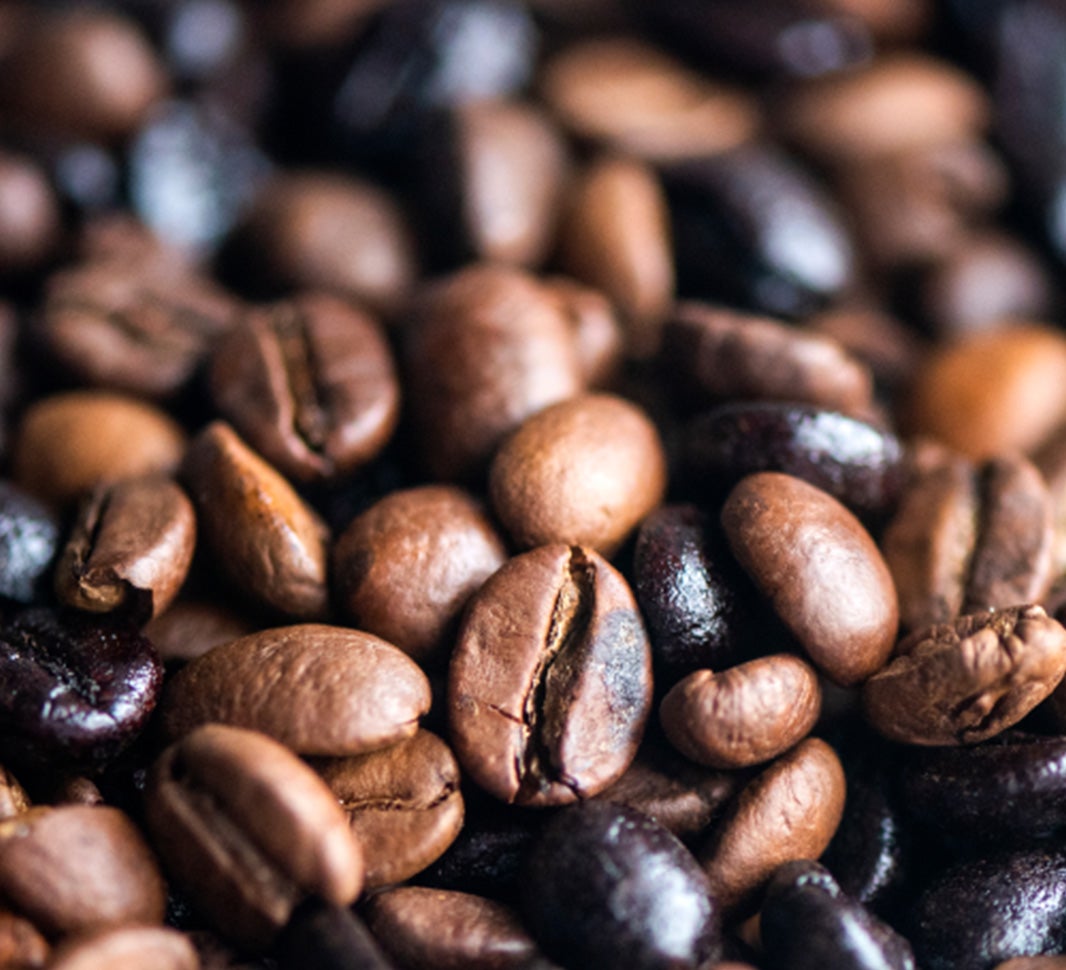
Today’s community favourites
Discover some of the most enjoyed articles from across the site

What is a frappé?
Make your day a little more indulgent

Frappé’s around the world
When ordering a Frappé, what you get really depends on where you are in the world. In Greece, you can expect a couple of tablespoons of instant coffee, sugar, water and milk (if you want them), which will then be put into a cocktail shaker and shaken to get the frothy layer on top. In Bulgaria, don’t be surprised if it’s served with soda instead of water. Denmark substitutes the water for milk and Serbia serves the frappé with milk or ice cream and freshly whipped cream on top. However, one of the really different frappé variations is in Boston, where it’s actually a milkshake made with ice-cream and is simply pronounced ‘frap’. So, if you’re a frappé lover, enjoy the experience of discovering every unique variation to be found!
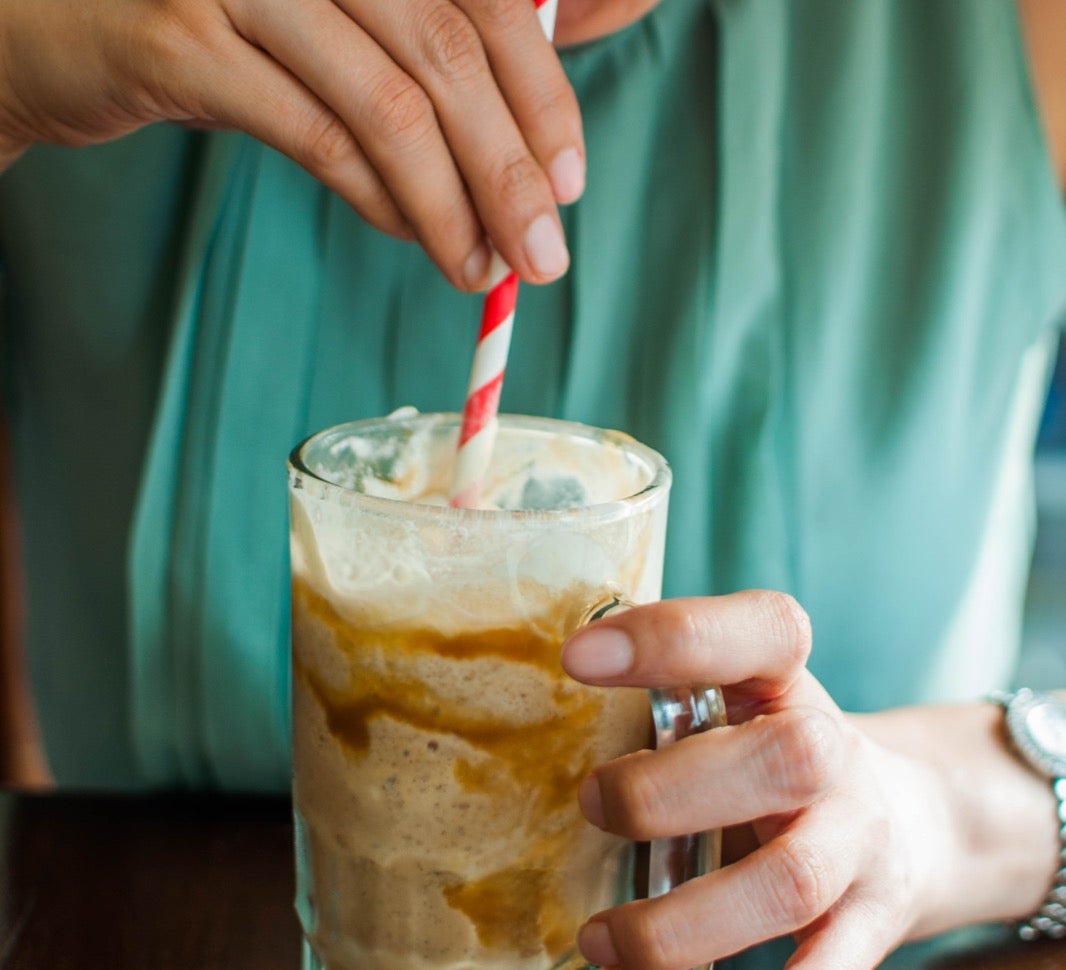
The Frappé we know and love is pronounced ‘frap-pay’ and when loosely translated from French, it literally means ‘iced’.

Frappé origins
The ‘café frappé’ started appearing in the mid-19th century with some drinks possessing a slushy-like texture and others appearing similar to an iced coffee. However, the frappé really kicked off in 1957 at the Thessaloniki International Fair in Greece. The story goes that a representative from Nestlé was demonstrating an instant chocolate drink for children with a chocolate base that was added to milk then shaken in a shaker. When on their break, an employee of the Nestlé representative realised there was no hot water to make their coffee, so instead they mixed the instant coffee granules with cold water and ice cubes, mixed it in the shaker and voila, a modern frappé was born! This version of the frappé is still incredibly popular in Greece today and you can find it in most coffee shops across the country.

What’s the difference between a frappé and a Frappuccino?
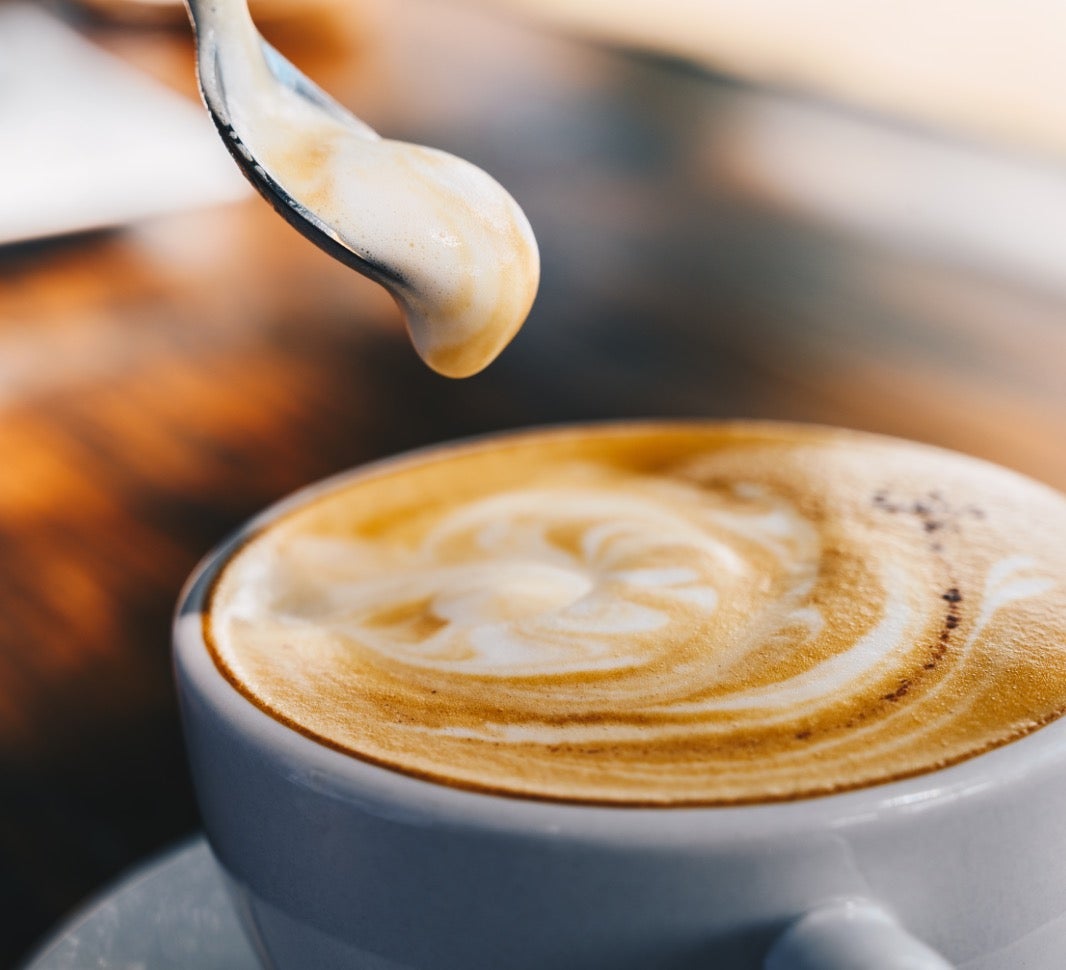
Today’s community favourites
Discover some of the most enjoyed articles from across the site

What is a flat white?
Treat yourself
A flat white is a blend of microfoamed milk poured over a single or double shot of espresso. This microfoam is steamed milk infused with air which creates a smooth, velvety texture and creamy taste. Precise pouring and steaming of the microfoam is essential when making a flat white.
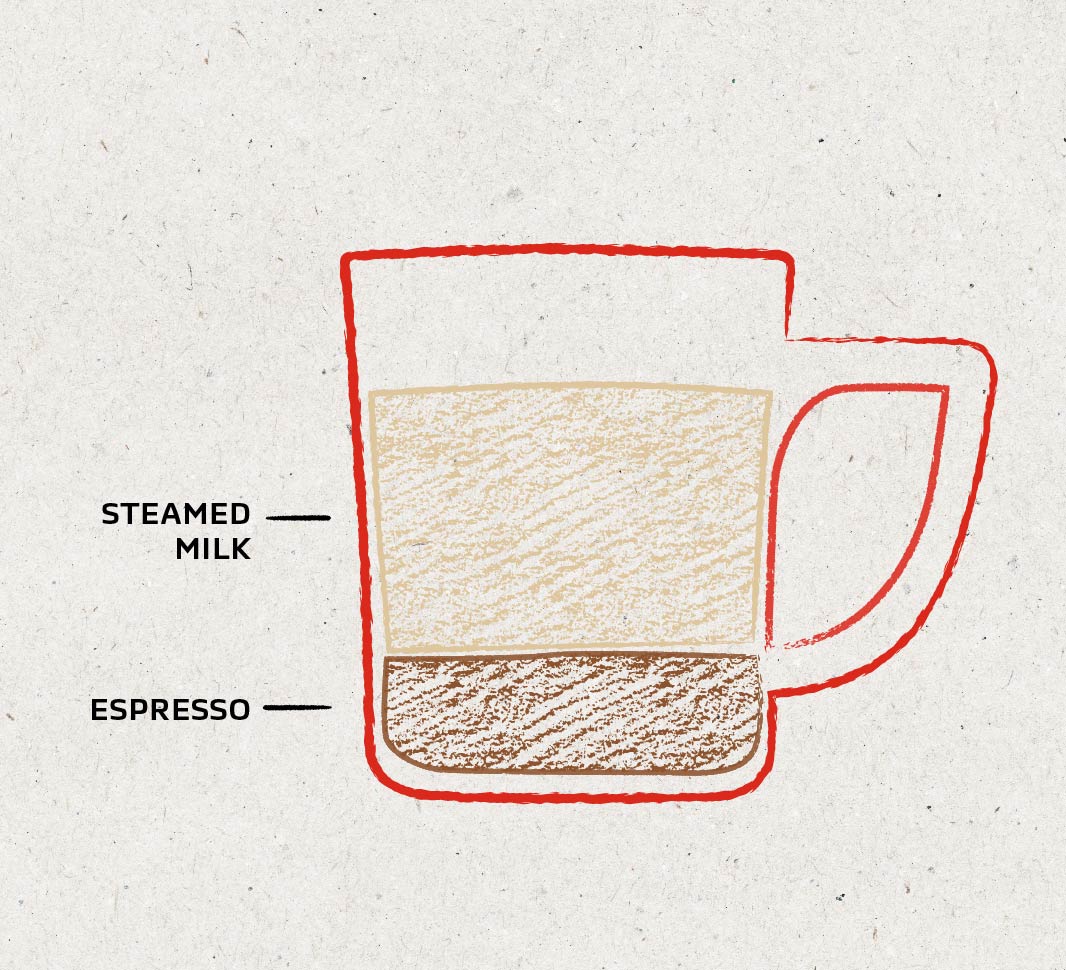
Origins of the flat white
The origins of the flat white coffee is a source of hot debate! Both Australia and New Zealand claim to have invented the flat white in the 1980s. The answer is still unclear and it’s likely that the flat white evolved in both countries.
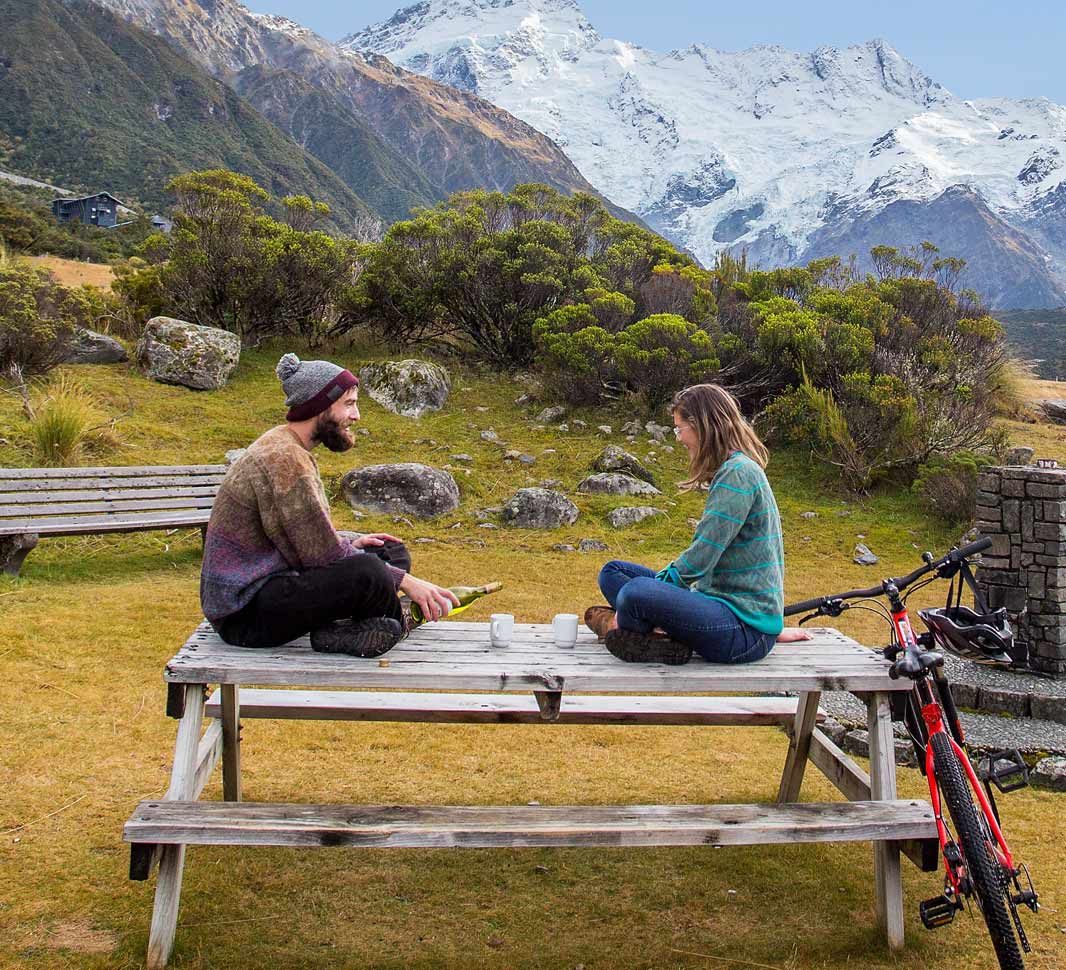
Where is the flat white from? Its origin is a source of hot debate! Both Australia and New Zealand claim to have invented the drink in the 1980s, but it probably evolved in both countries.

What makes it a flat white?
There are many things that go into creating the flat white coffee. What makes a flat white depends very much on where you get your coffee from and the individual barista, who serve their milks in different ways; thick, frothy or foamy, piping hot or lukewarm. Some stay true to a more traditional approach, maintaining a consistent ratio of milk to coffee.

Flat white vs latte – what’s the difference?
While a flat white coffee and a latte are both espresso-based drinks, they are in fact quite different. Most noticeable, is the size. The ideal serving size for a flat white is a 160-165ml tulip cup—much smaller than the glass size typically used for lattes and cappuccinos. This has an impact on the coffee to milk ratio, which naturally affects the taste. As the flat white is a more compact drink, the ratio of coffee to milk is much higher than in a latte. The espresso in a flat white coffee tastes stronger than in a latte, even though the same amount is used. Lattes simply dilute the espresso more.
When deciding between a flat white or latte, which do you prefer? If the latte has won your heart, try the NESCAFÉ® GOLD Latte.
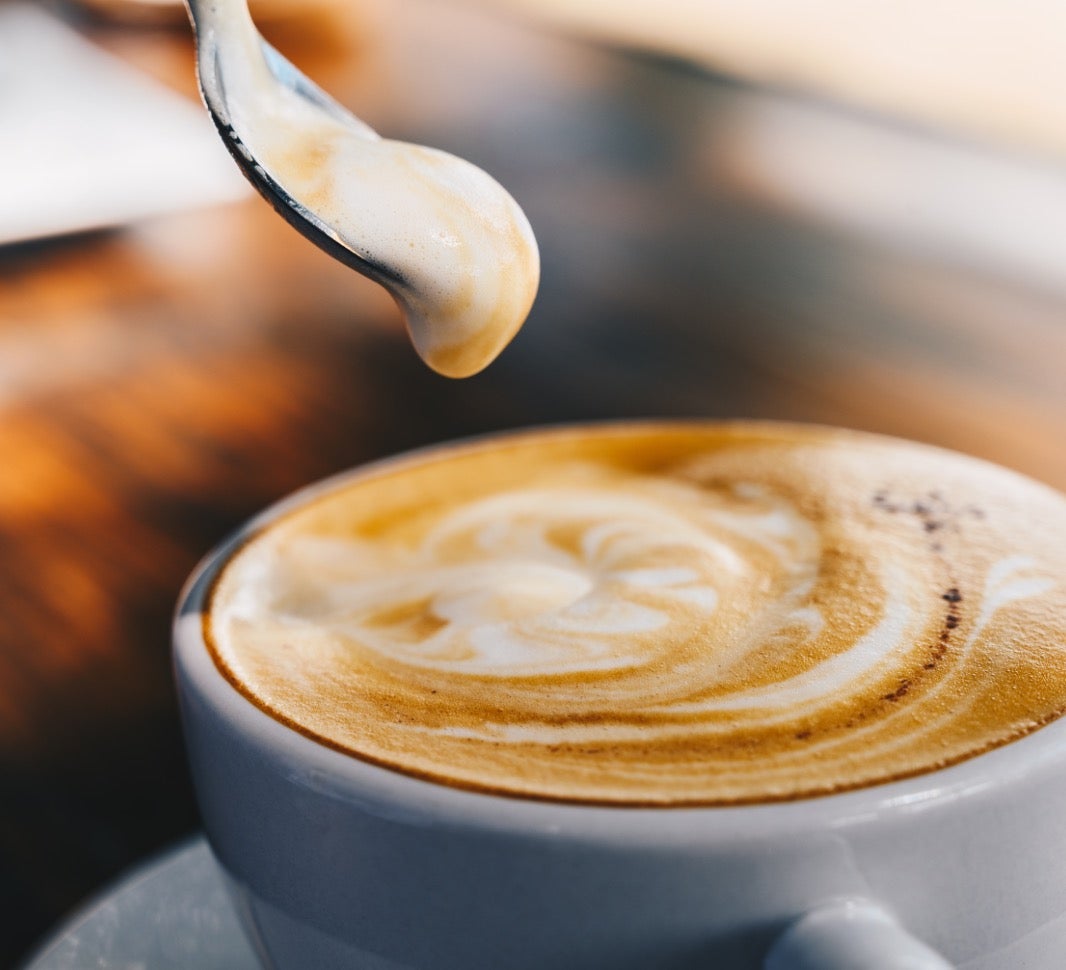
Today’s community favourites
Discover some of the most enjoyed articles from across the site

What is an iced coffee?
Make your day a little cooler
An iced coffee is basically a cold version of your favourite coffee. But unike a regular coffee, ice is added to the hot espresso and milk to make it even more refreshing!
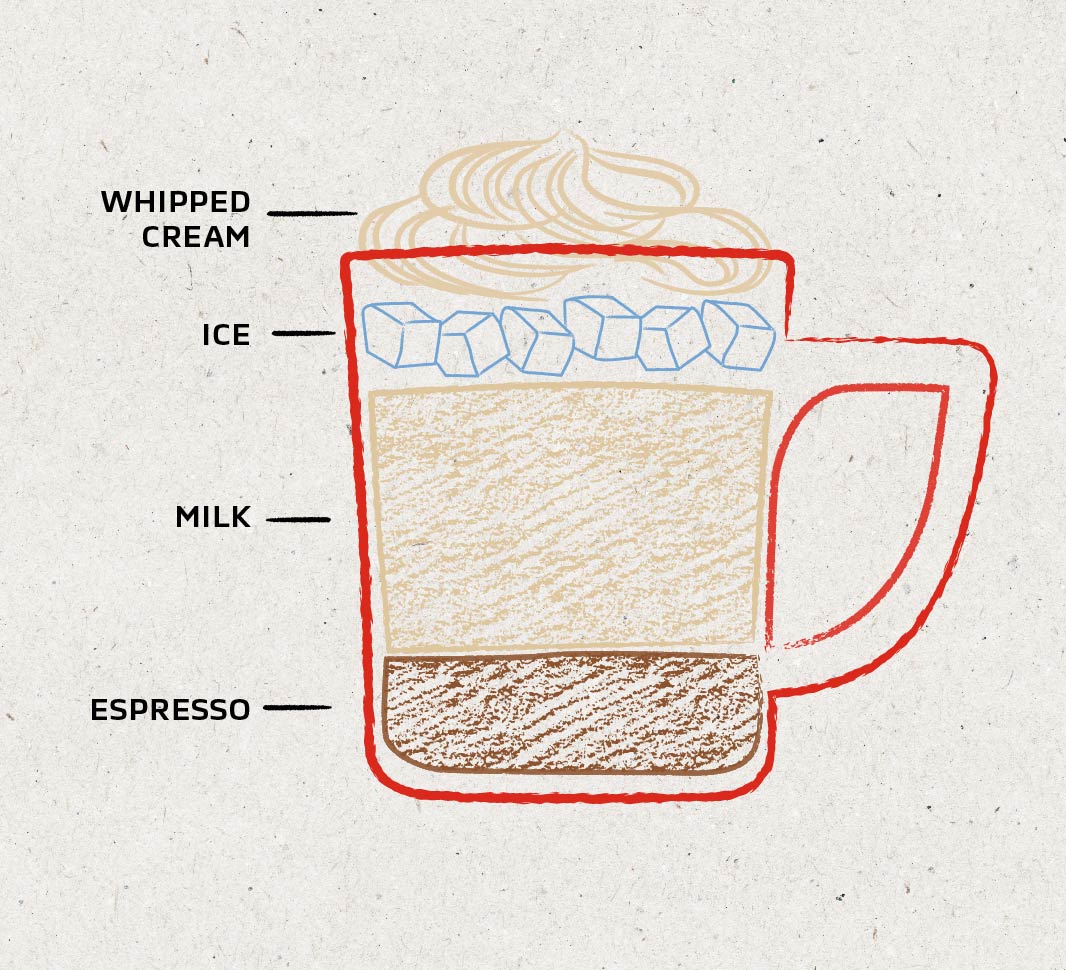
Who said cold can't mix it with hot?
Just like a regular coffee, the iced version can include frothy or steamed milk, if that's how you'd like to make your version. But because of the ice you may find less milk is added to an iced coffee. If for some reason it’s too milky, another shot of espresso can be added.

Today’s community favourites
Discover some of the most enjoyed articles from across the site

What is an espresso?
Awaken your senses
Espresso is a delicious concentrated form of coffee, served in shots. It’s often the coffee base of many other beverages, such as cappuccino, latte, americano and macchiato. An espresso is intense and bold, but nonetheless delicious, and usually served in small demitasse-style cups for this reason.
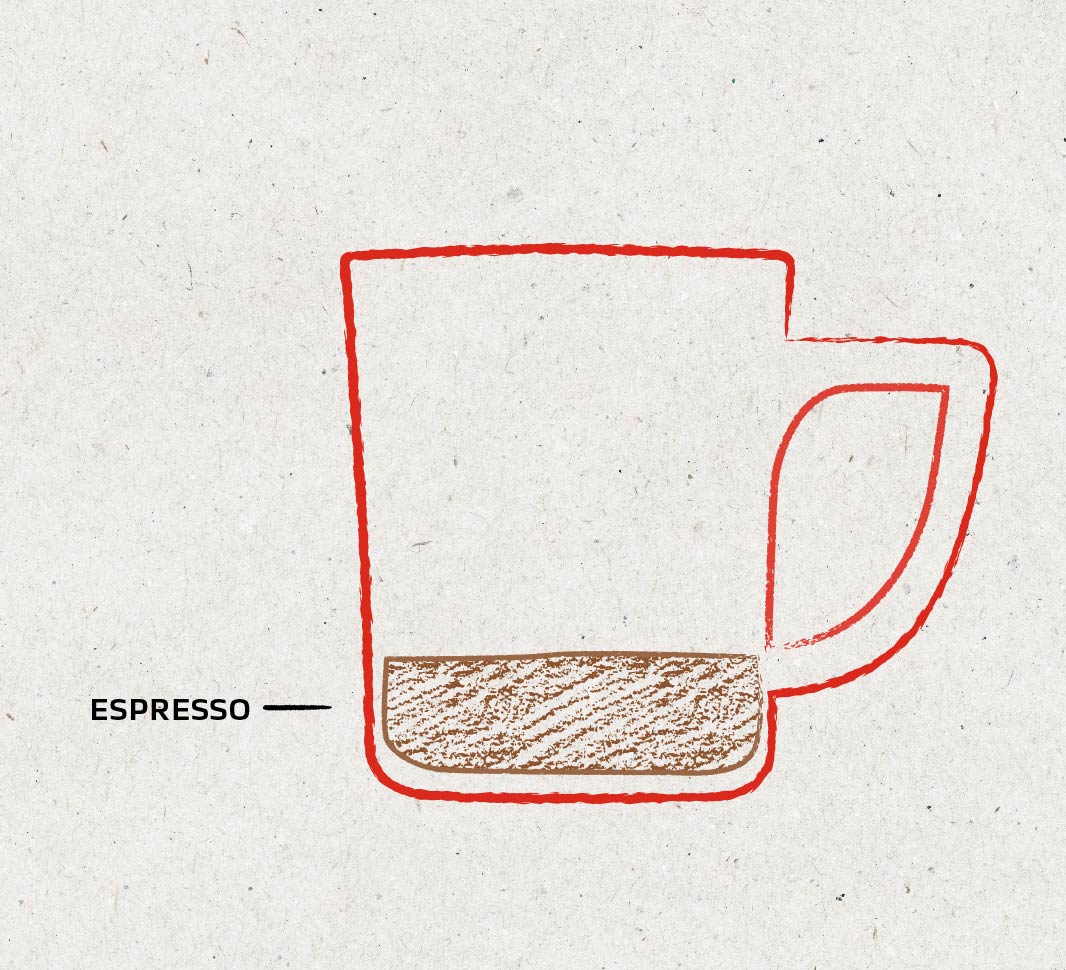
Caffeine content in espresso
Espresso has the reputation of having a high caffeine content. However, this depends on how much is drunk. Typically, espresso contains 29 to 100 milligrams of caffeine in a single shot. A double shot will contain between 58 to 185 mg of caffeine.

Espresso is known to contain a high caffeine content, but this depends on how much is drunk. It typically contains 29 to 100 mg of caffeine in a shot. A double shot contains 58 to 185 mg of caffeine.

Espresso origins
As with many famous coffee recipes, the espresso was invented in Italy, around 100 years ago, and is credited to a man by the name of Luigi Bezzera, from Milan. He was the first to use a steam-pressure method of brewing coffee, which produced a strong cup of coffee faster than ever before. In fact, the name ‘caffé espresso’ translates to ‘pressed out coffee’, referring to the water being pushed through the finely ground coffee at a very high pressure. Espresso became increasingly popular when demand for coffee grew in the late 1800s and early 1900s. By the 1940s, the process of making espresso had been refined, creating the espresso known and used around the world today.
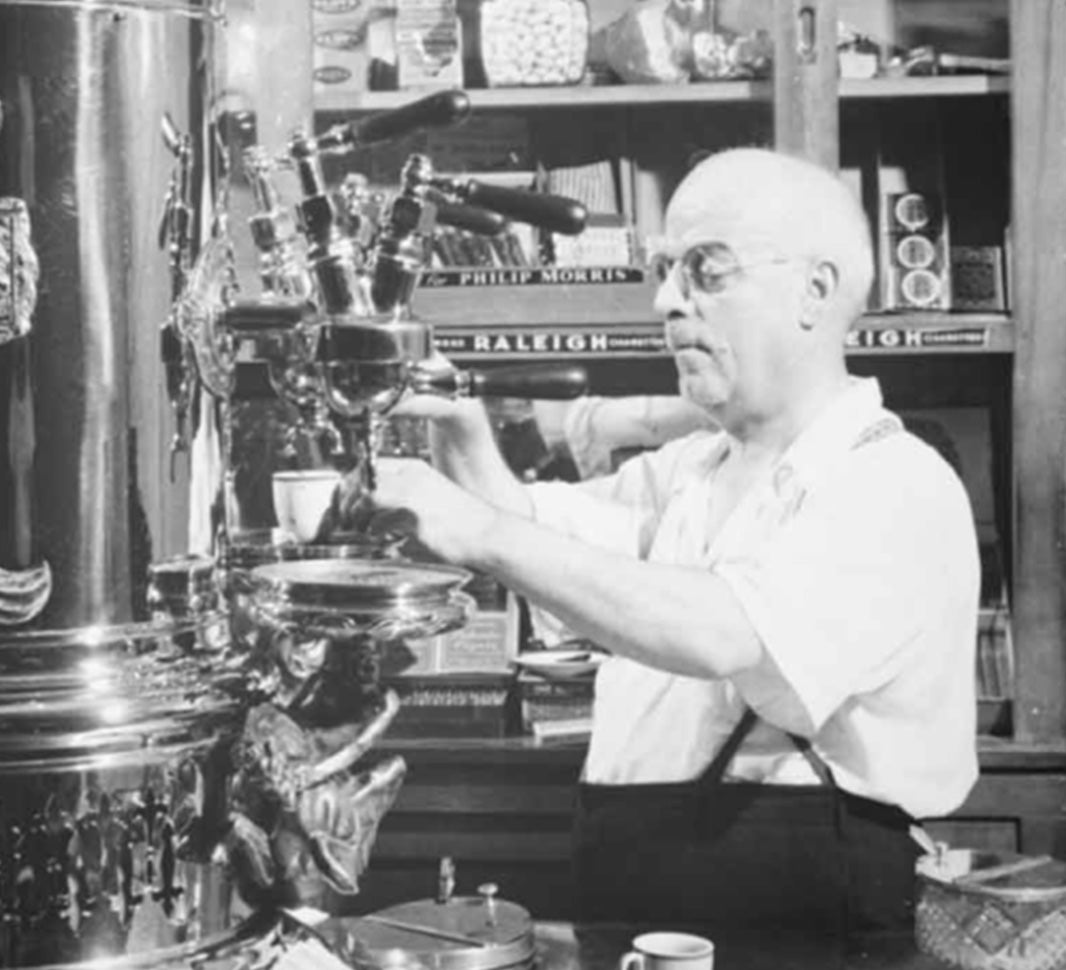
Espresso vs regular coffee - what’s the difference?
Espresso is the base of almost every type of coffee. Baristas making espresso use water under high amounts of pressure to force its way through compacted ground coffee, which makes a thick, syrupy liquid, with a gorgeous light brown foam layer on top, called the crema. That's the main difference - other coffee types rely on a slower filtering process, allowing hot water to slowly sift through coffee grounds. Espresso also relies on a much finer bean grind, while regular coffee works perfectly with medium ground beans.
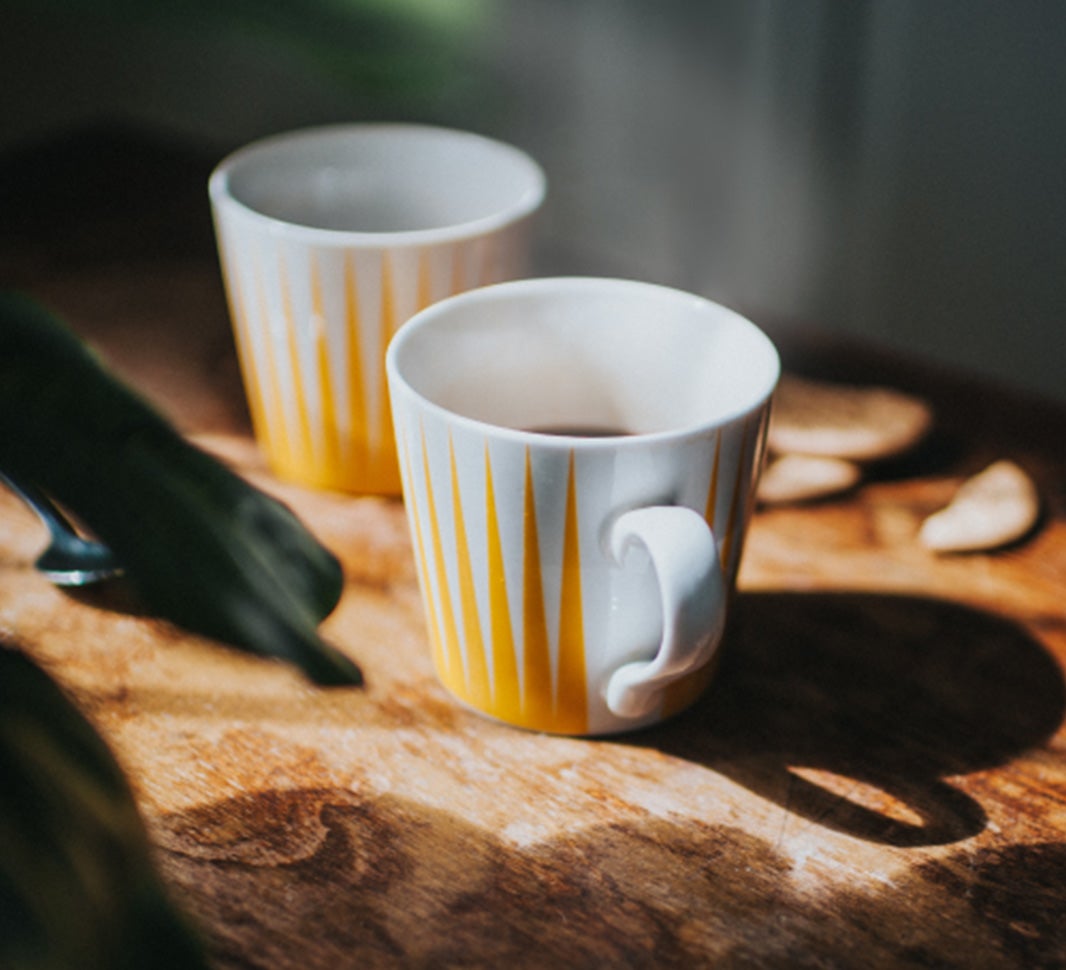
Today’s community favourites
Discover some of the most enjoyed articles from across the site

What is an americano?
Simply delicious
An americano is simply just hot water and espresso. It’ll either be served 1/2 and 1/2 or 1/3 espresso to 2/3 water, depending on the coffee shop in question or how you’ve chosen to brew it. There is debate about which should be added first, but in the case of the americano, espresso should always be added first as the crema mixes in and creates a more mellow, even taste.
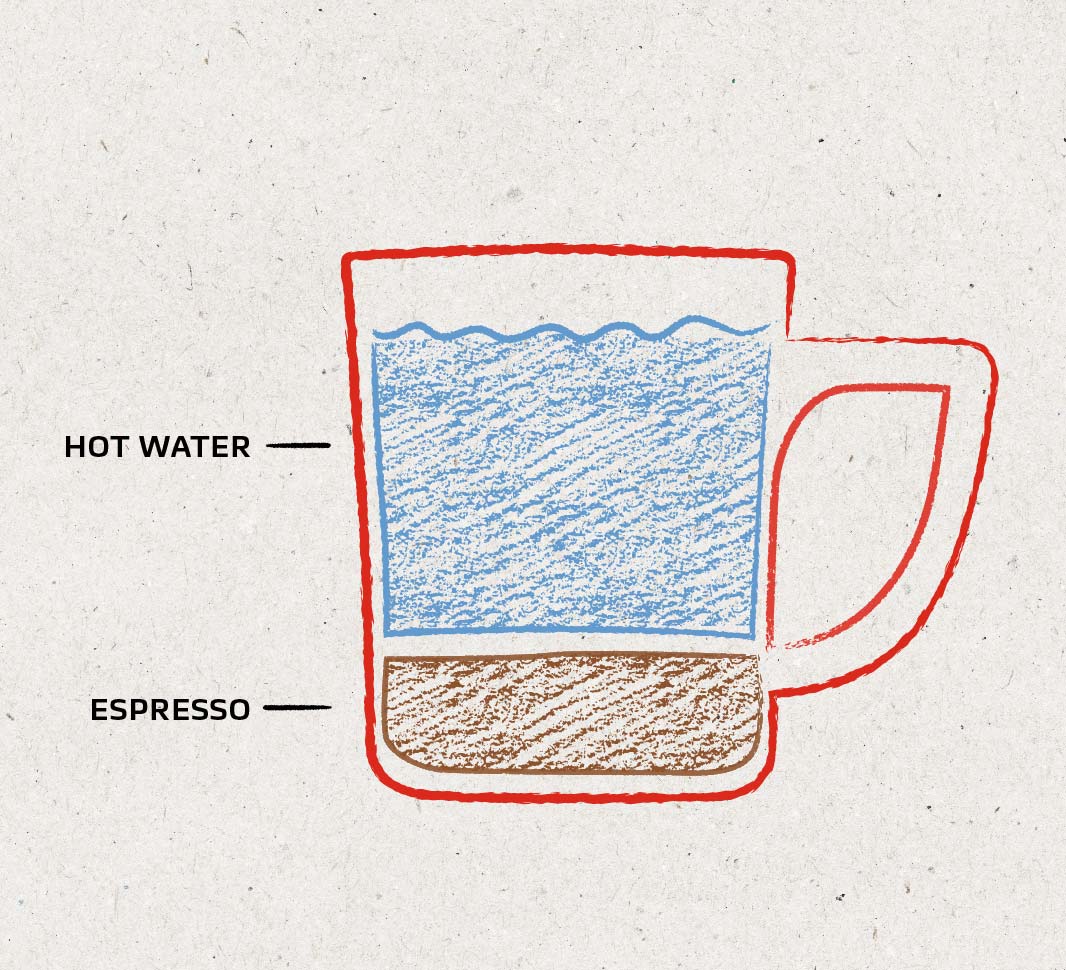
Americano origins
The americano originated during World War II. Interestingly, American soldiers stationed in Italy didn’t care for the very strong espresso that was favoured in the country, therefore they tried to recreate their beloved drip coffee from back home by adding water to the espresso shot. The result? The americano that we know and love today. Did you know that the americano also used to be iced? The process was the same, but cold water was used instead and ice cubes were added for good measure.
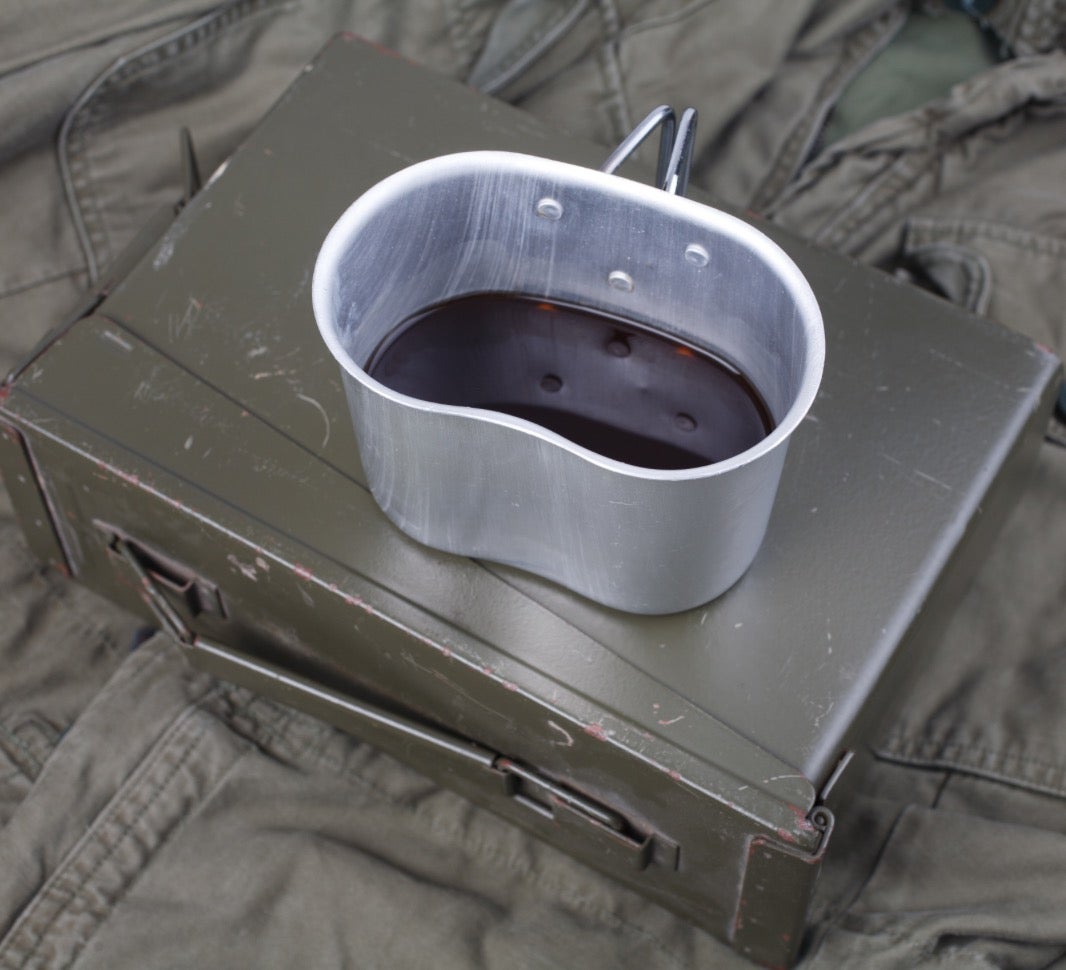
An americano is just water and espresso. Simply that, nothing more.

Differences between an americano coffee and drip coffee
Essentially, drip coffee is coffee that is made by filling a special coffee maker with ground coffee and pouring hot water into it, allowing the water to drip through to the pot. With an americano, water is poured over the espresso but the process is much quicker and there is no 'dripping' involved.
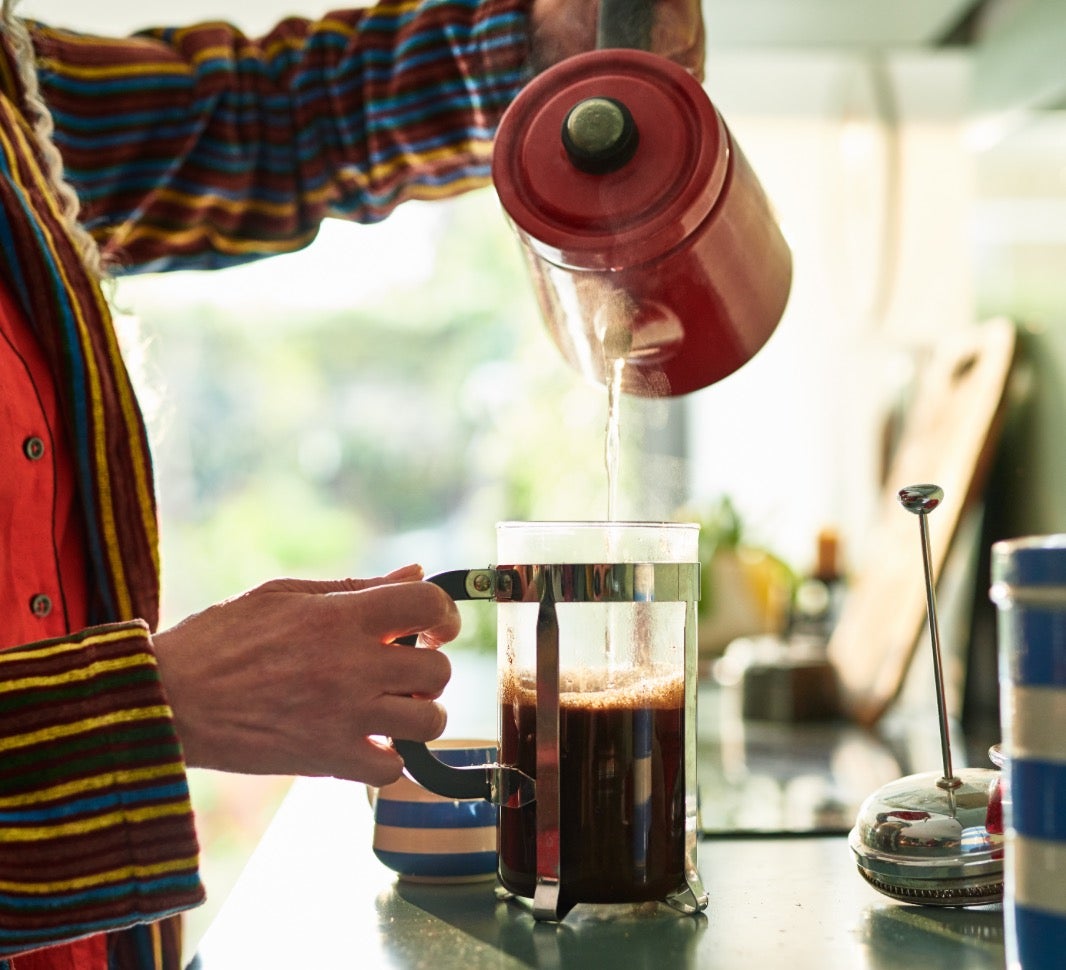
Americano vs long black - what's the difference?
This debate has caused many arguments over the years, with some claiming that there’s absolutely no difference. However, the long black that’s widely appreciated in New Zealand and Australia possesses a much stronger flavour than the americano. When the espresso shot is added to the water it results in less dilution for the espresso, creating a strong coffee with a layer of crema on top.

Today’s community favourites
Discover some of the most enjoyed articles from across the site

Discover the most important coffee terms
Arabica
There are two types of coffee bean typically used for creating the delicious NESCAFÉ® coffee you know and love – Arabica and Robusta.
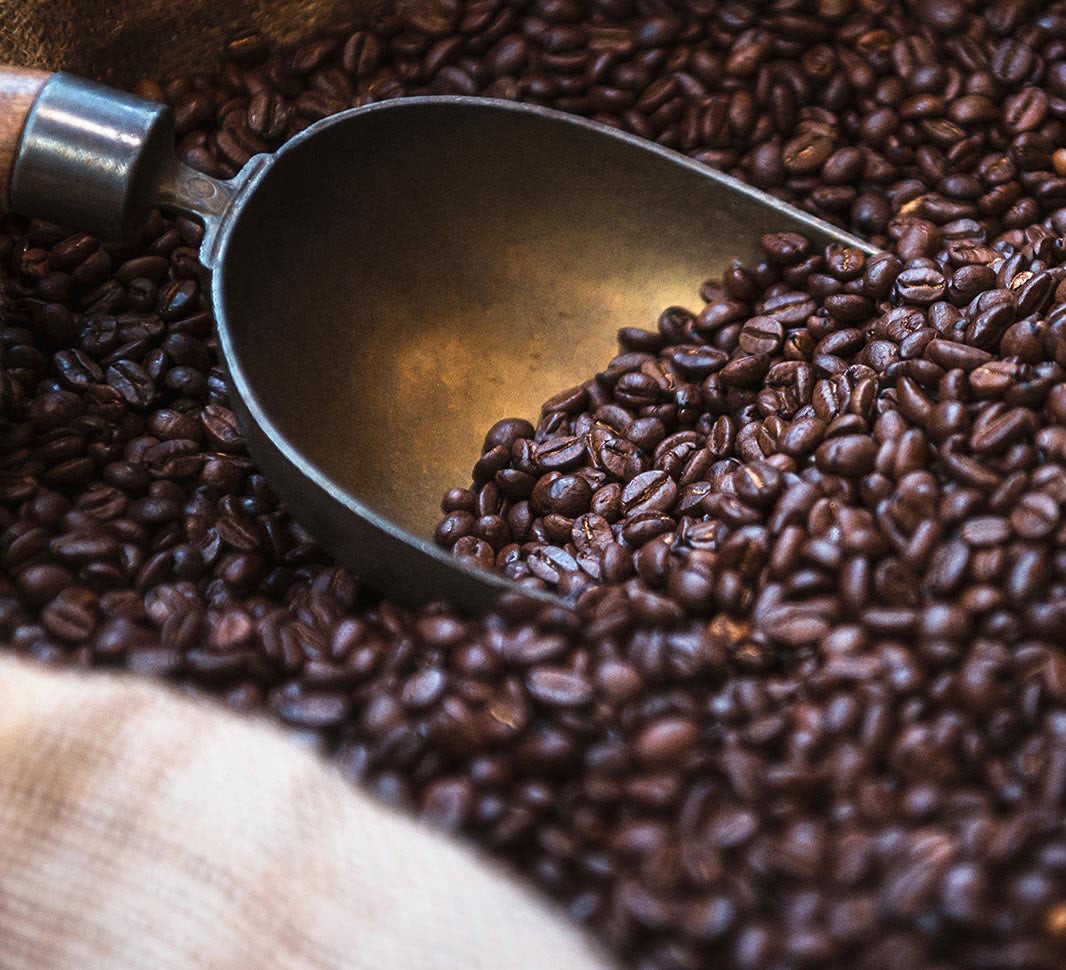
Barista
A coffee term you should know! A barista is a person who artfully crafts your favourite coffee, usually at a coffee shop. It takes a lot of skill to be able to make great coffee and baristas have to master a host of beverage varieties from an espresso shot to the precise layers of the cappuccino.
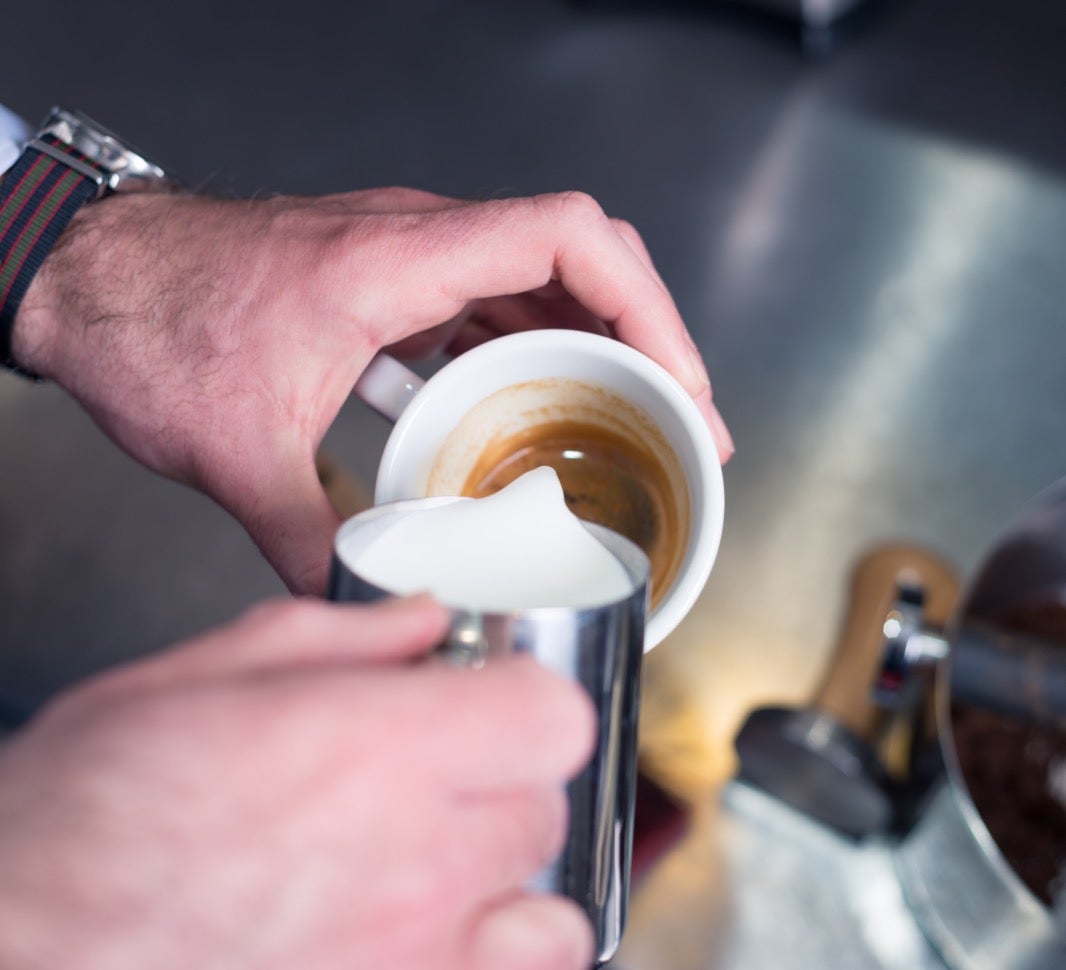
Yield is a coffee term that refers to the weight of the espresso in the cup, put simply, the more yield, the more espresso!

Cappuccino
What else could we have for C in our coffee dictionary other than cappuccino? It’s one of the most popular coffee types in the world after all! Originating in Italy, this delicious beverage contains equal parts espresso, steamed milk and milk froth and is usually served with a dusting of chocolate powder on top.
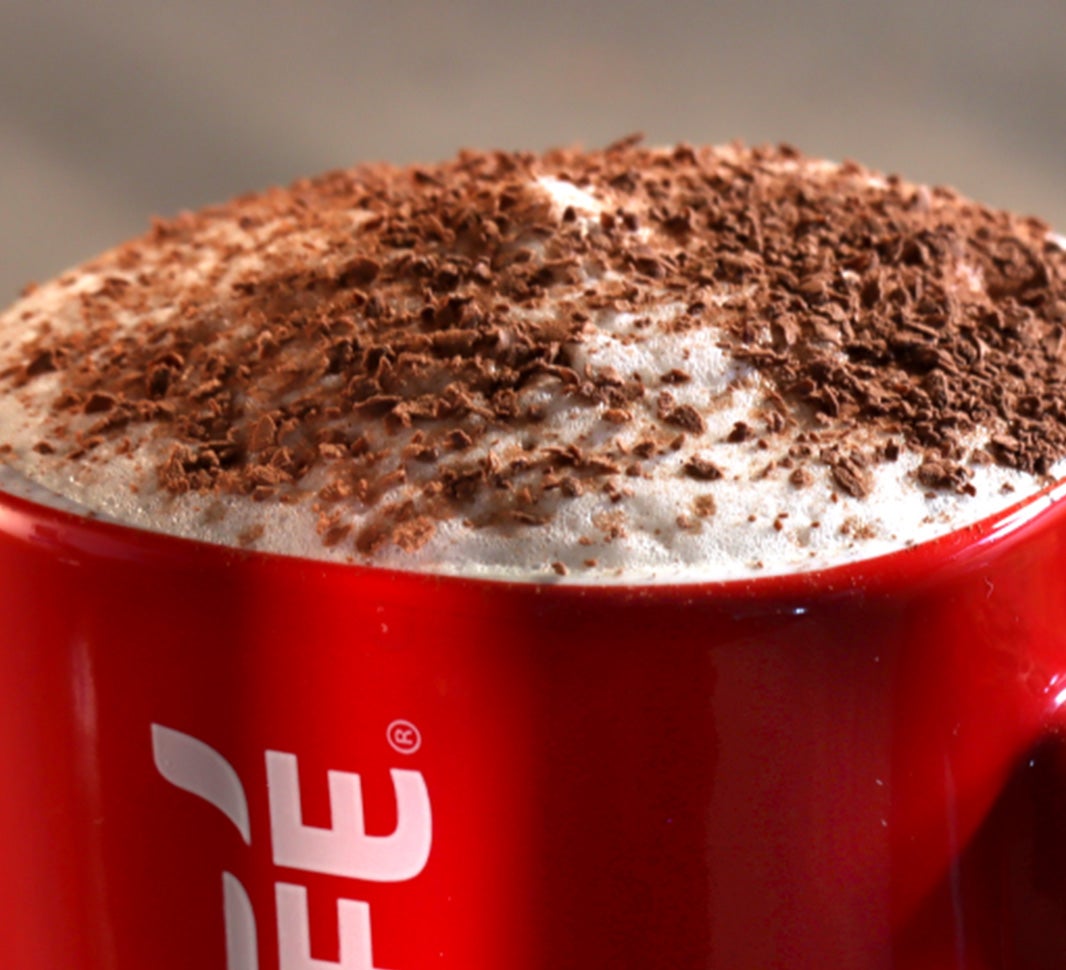
Decaf
Decaf coffee has had almost all of the caffeine content removed before the roasting process. Interestingly, it’s actually impossible to remove all of the caffeine from coffee beans!
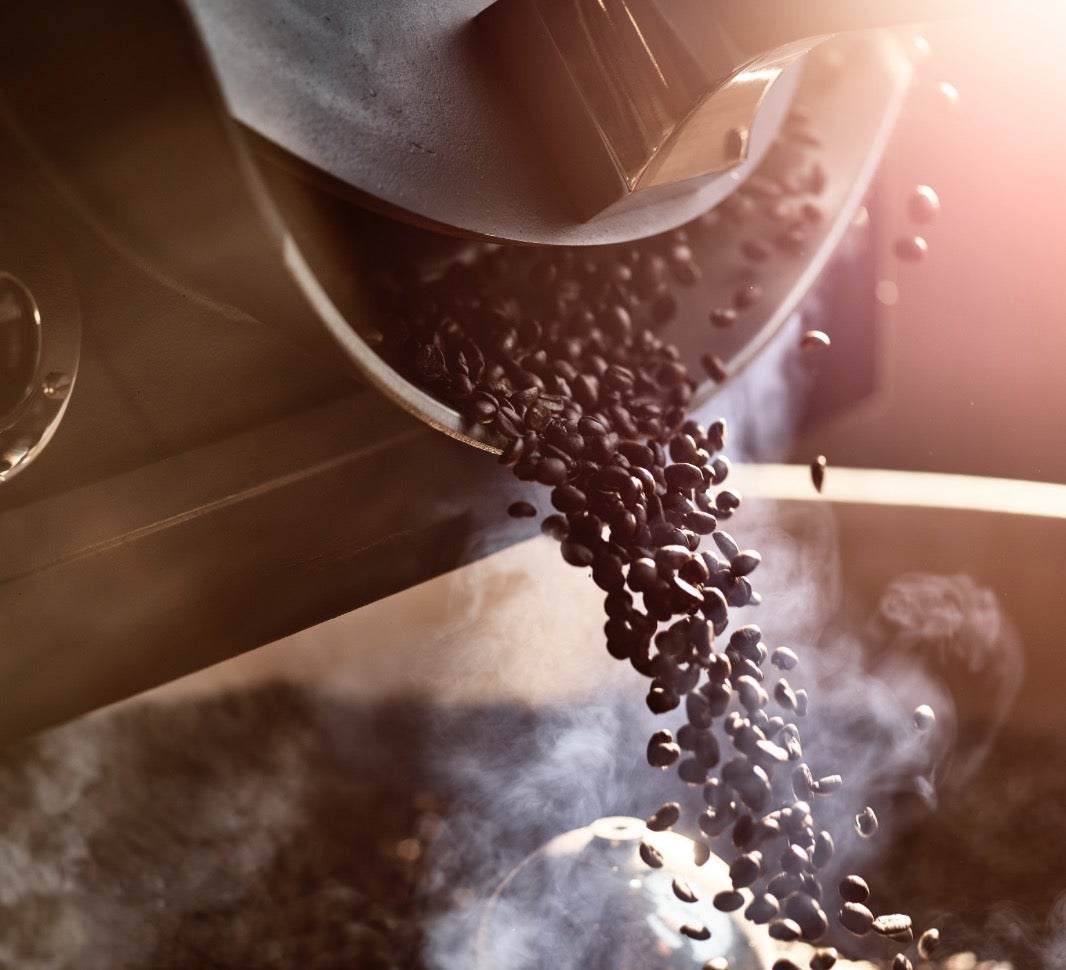
Espresso
Espresso is one of our favourite coffee words because it forms the basis for so many of our favourite beverages – alternatively, it can also be served in small, strong shots too!

Flat White
The Flat White has been taking the coffee world by storm in recent years and has fast become one of the most popular coffees on the menu. However, there’s been much debate about where it originated from with some saying Australia, others New Zealand.
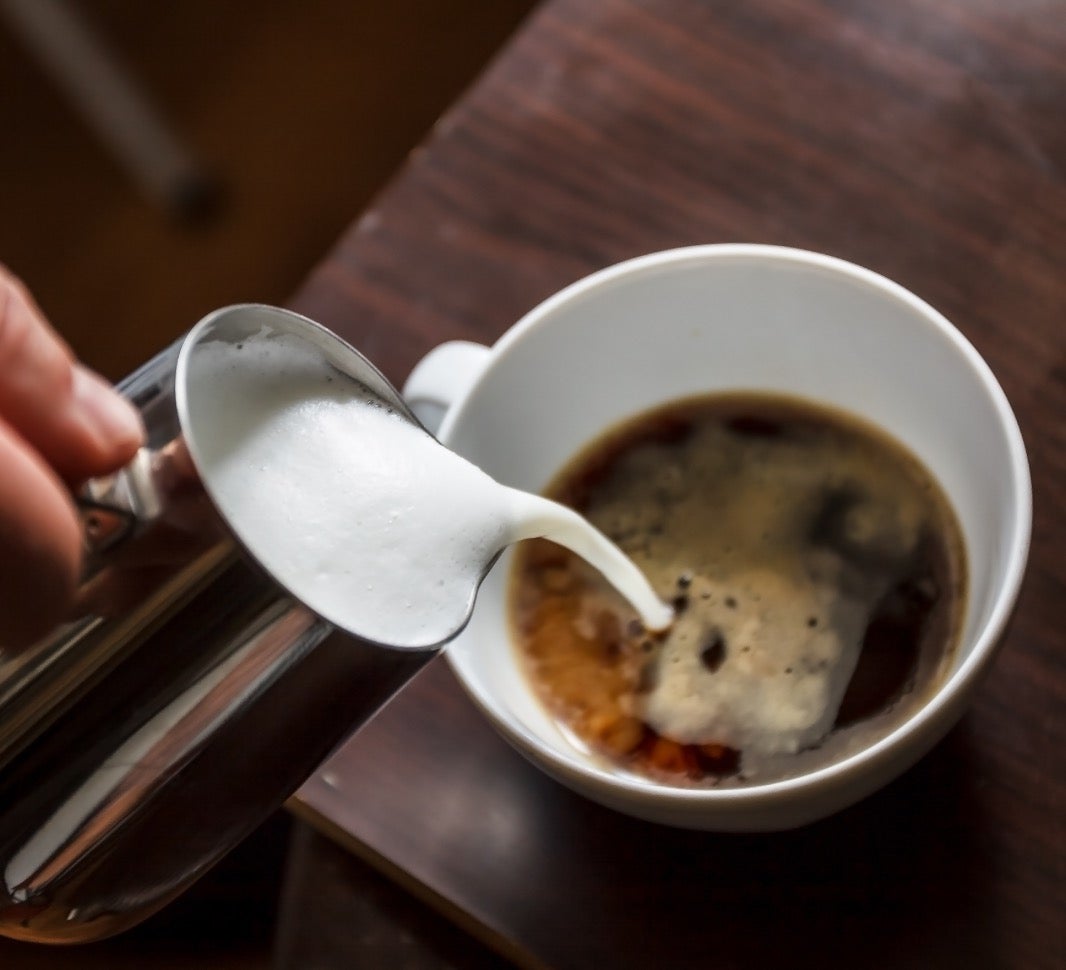
Green Beans
This coffee term may surprise you, but did you know that when coffee beans are fresh off the plant, they’re actually green and have a grassy scent? It’s the roasting process which turns them that rich brown hue and gives them that incredible smell!
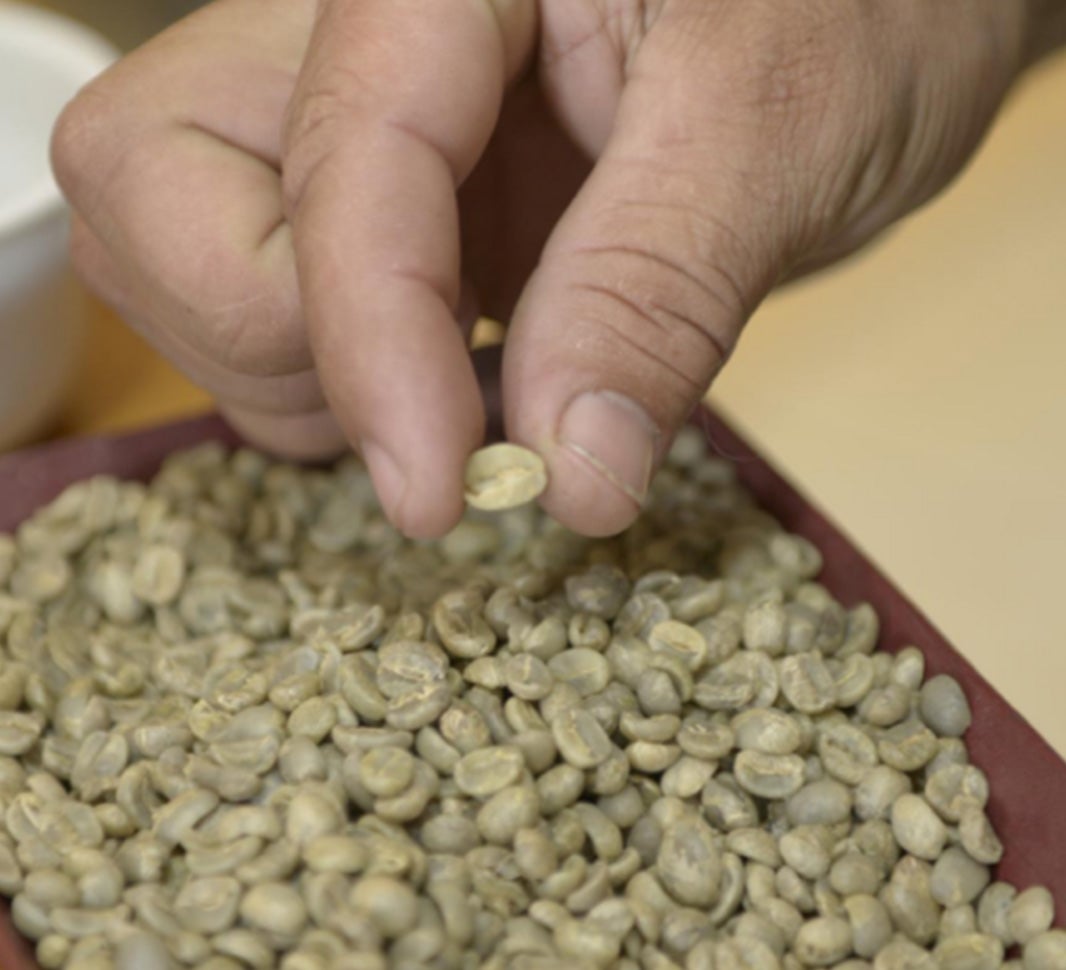
High Grown
Refers to the process of growing coffee plants at high altitudes. This practice produces more rich and flavourful beans as the beans develop slower, resulting in a more complex and robust flavour profile.
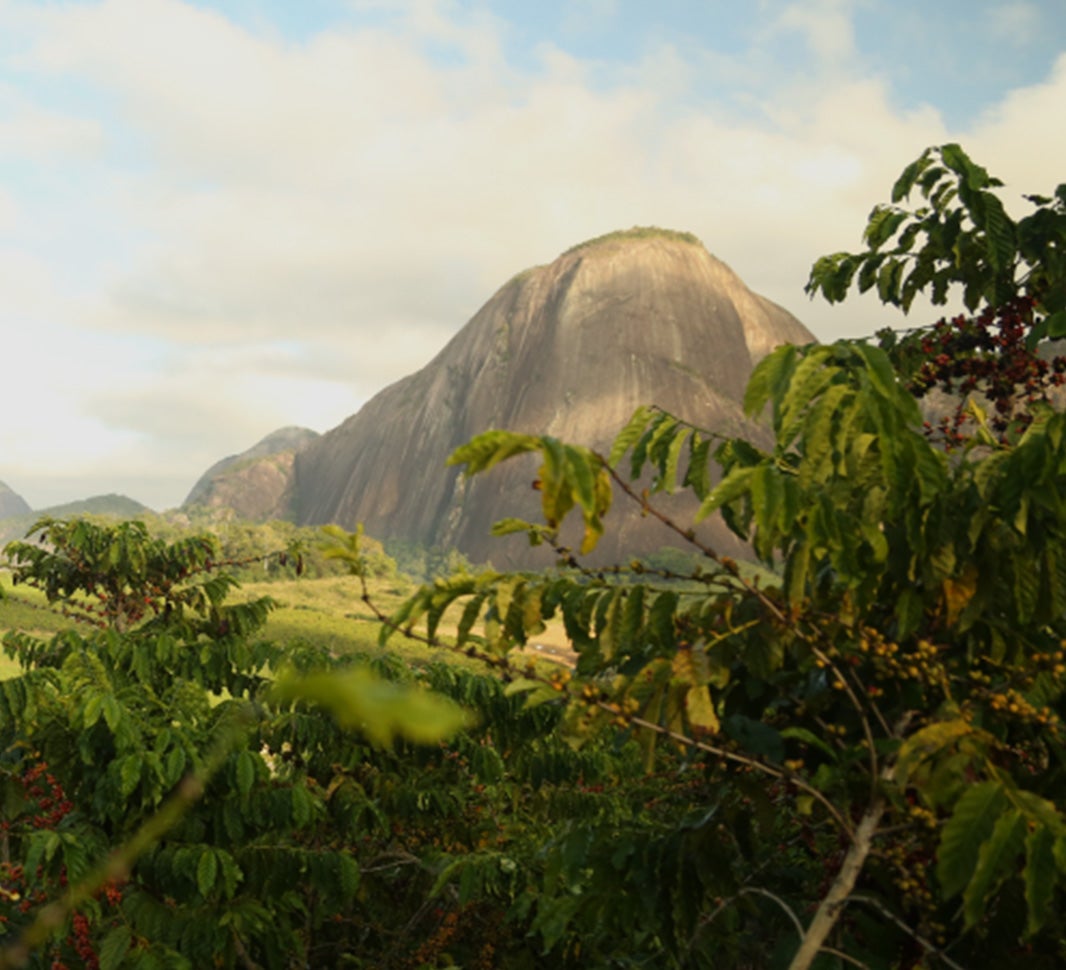
Irish Coffee
A coffee with a kick. Crafted with hot coffee, Irish whiskey, sugar and topped with cream, this warming beverage is favoured in the colder months.
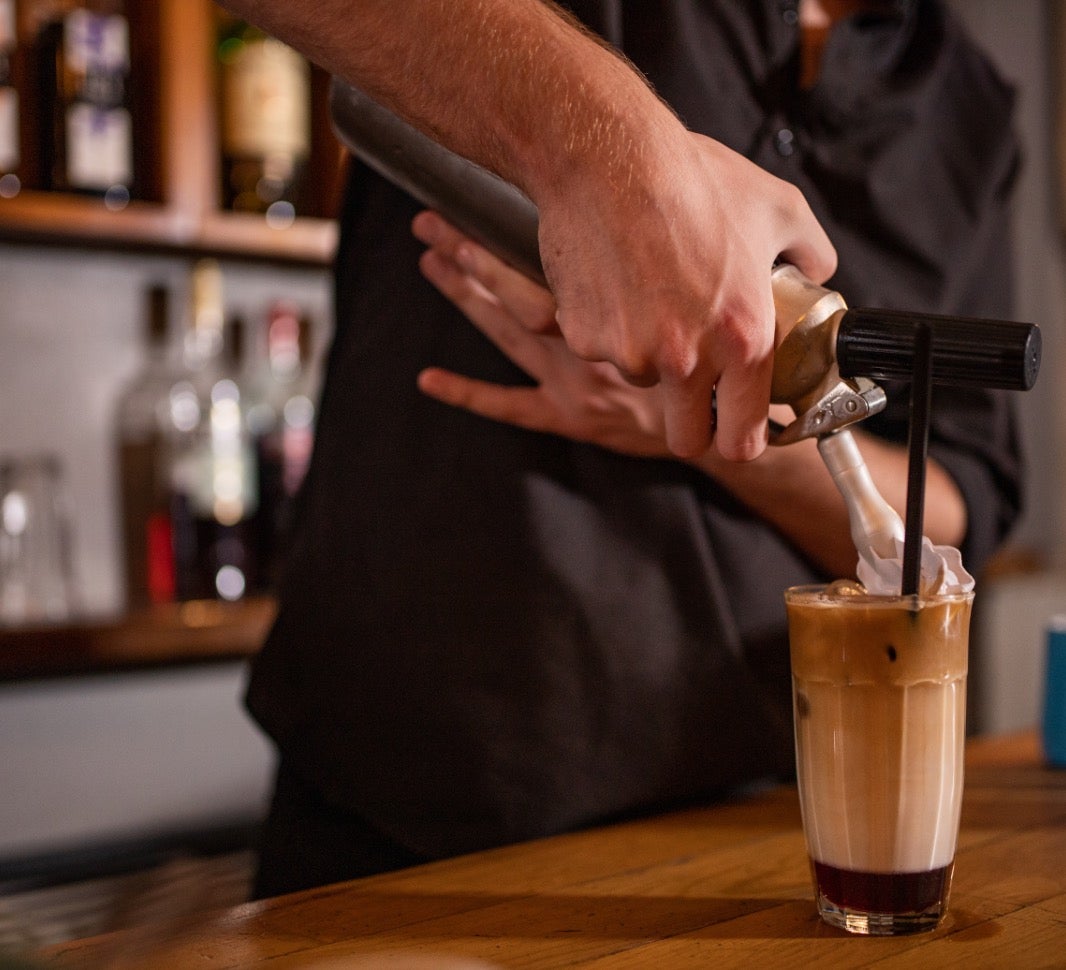
Java
You’ll likely be familiar with this coffee terminology as a slang word for ‘coffee’. But did you know that ‘Java’ was originally used to refer to coffee grown on the island of Java? When the coffee trade grew, the word was adopted by many all over the world and now it’s become a generalised word for ‘coffee’.
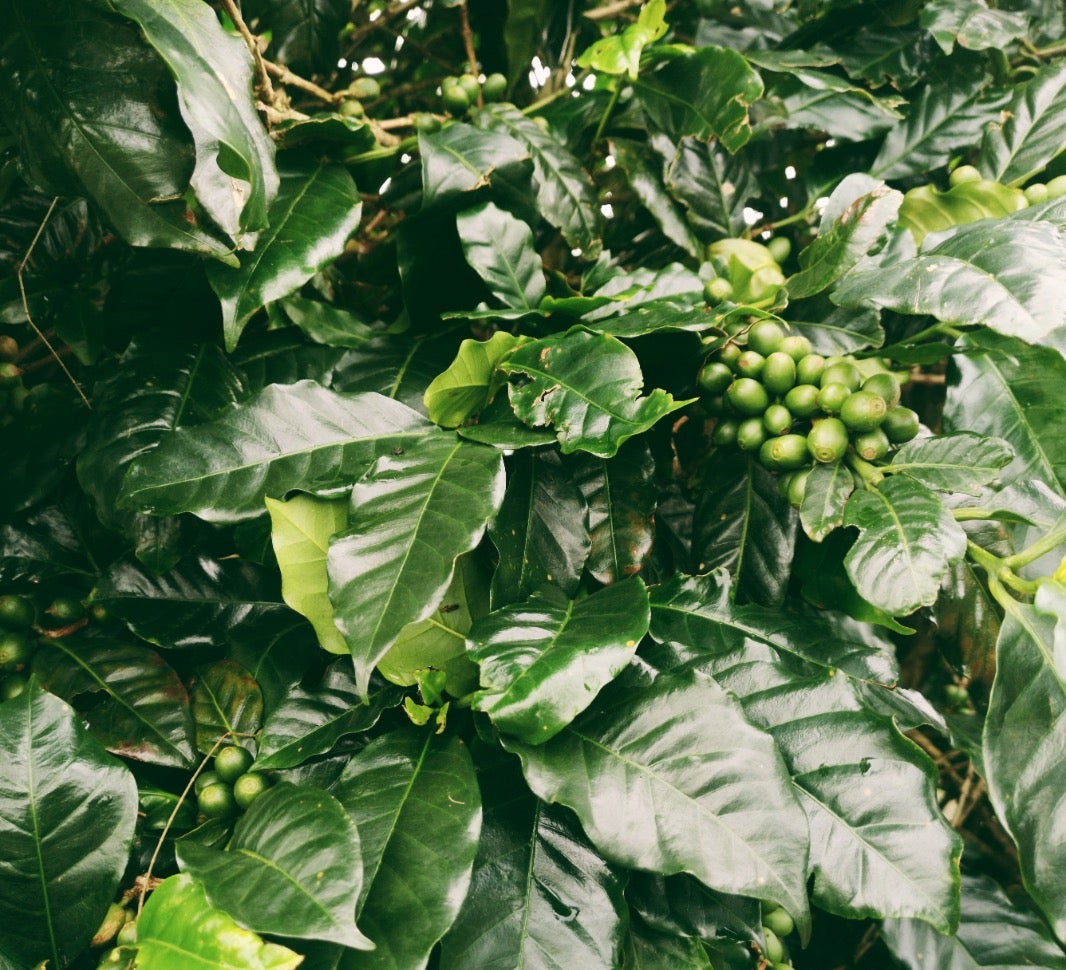
Kaldi
Kaldi was a goat herder who allegedly first discovered the effects of coffee, so of course we had to mention him in our coffee dictionary!
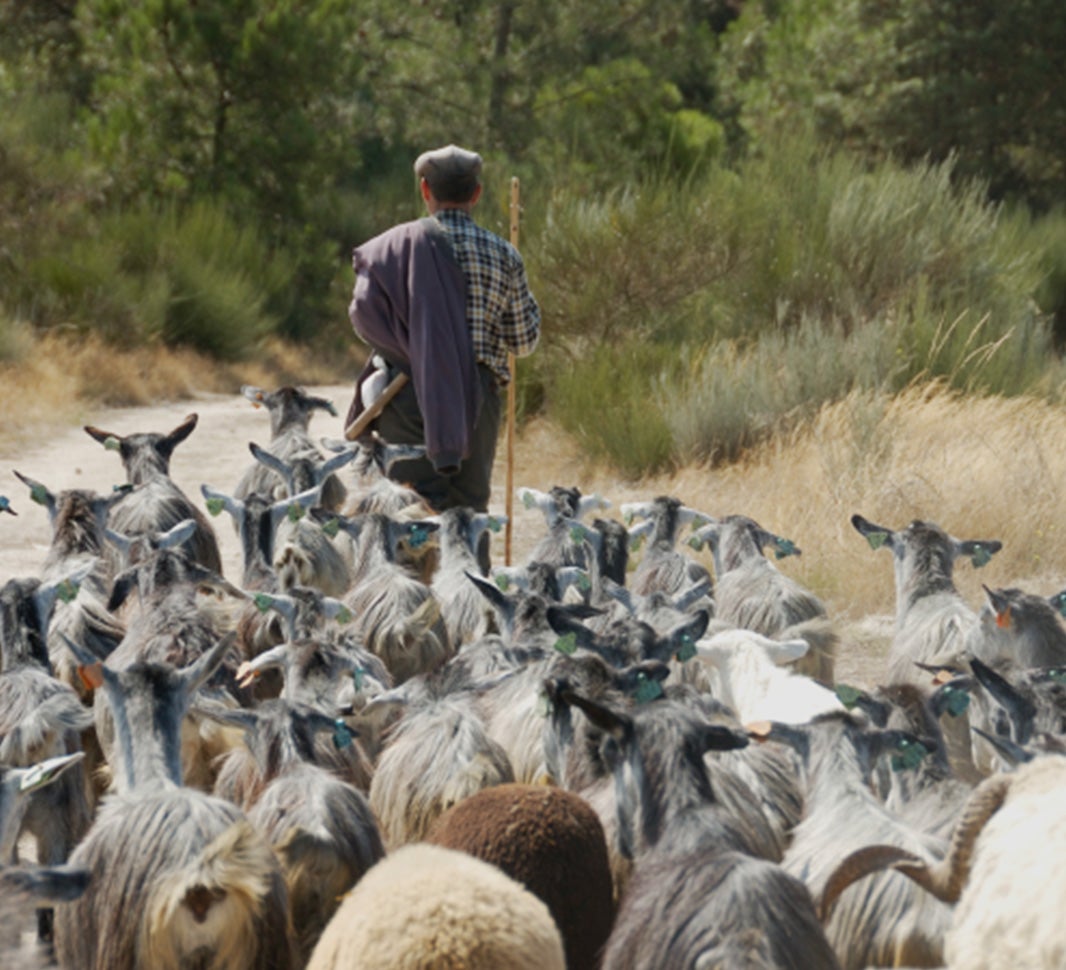
Café Latte
Could L be for anything else but latte? This coffee type is a super popular choice for many and consists of 1/3 espresso, 2/3 steamed milk, with a layer of frothed milk on top. Café Latte’s often come with a variety of delicious flavour choices too, ranging from vanilla to hazelnut.
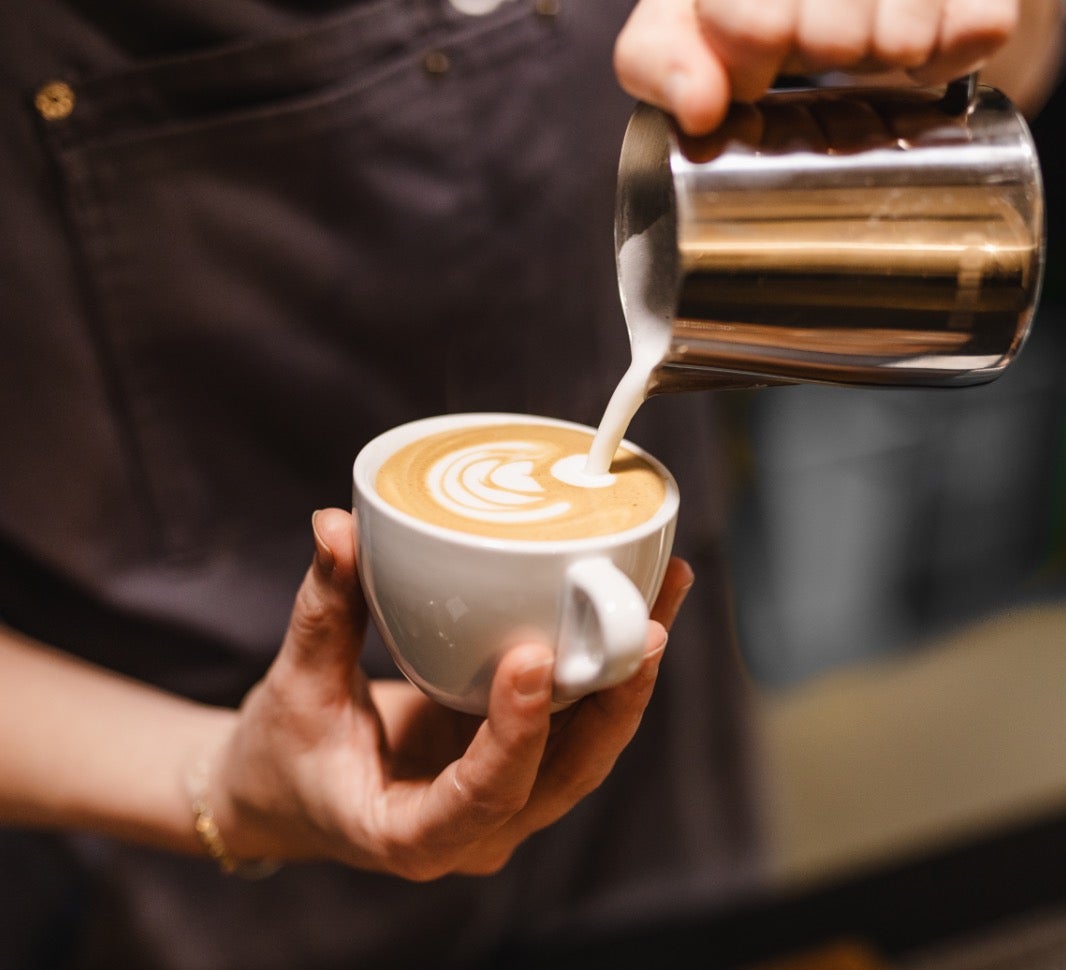
Macchiato
The macchiato is an espresso with milk added. In fact, the beverage was developed in Italy in the 80’s as a way for baristas to identify a plain espresso and one with milk added. The name comes from the Italian word for ‘stained’.
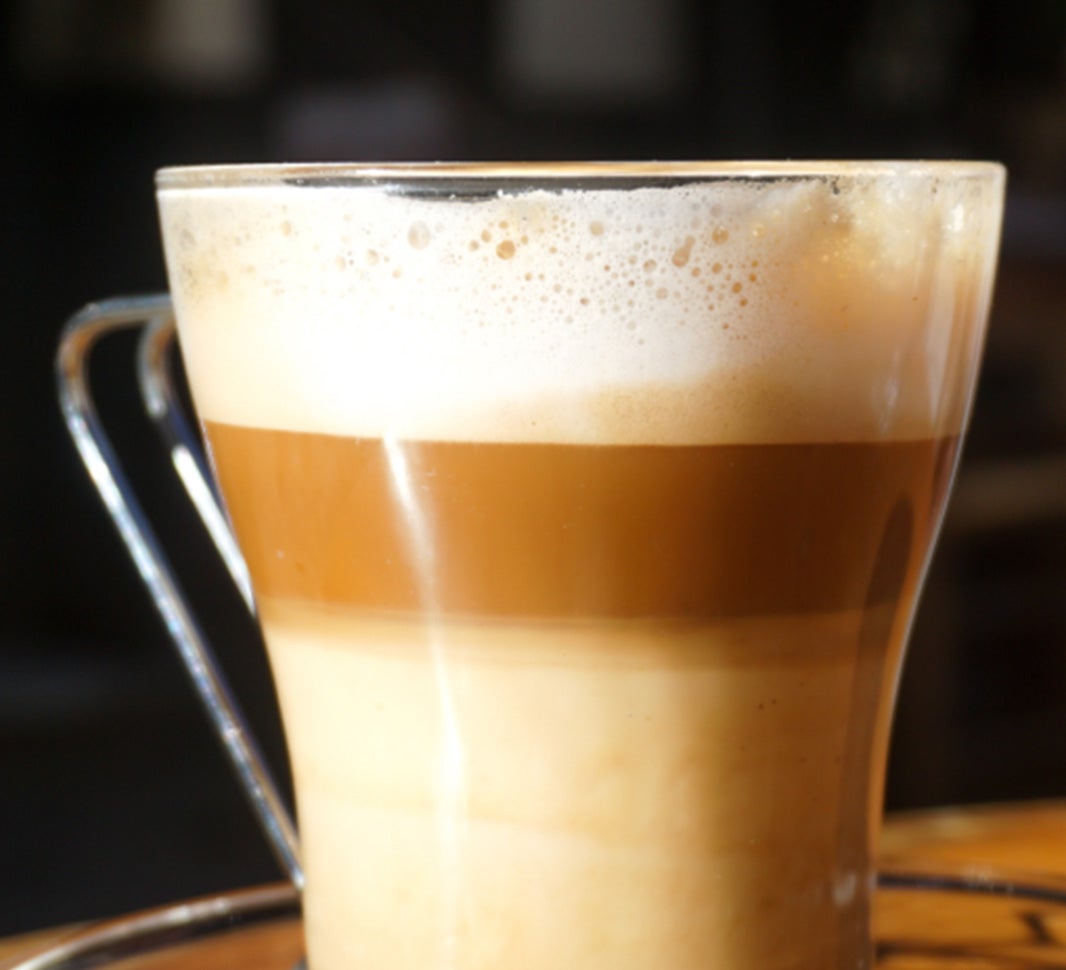
Noisette
Noisette is a French coffee type which gets its name from the lovely hazelnut colour you get when mixing espresso and hot milk. It may sound similar to the macchiato, and it is because it just happens to be the French version!
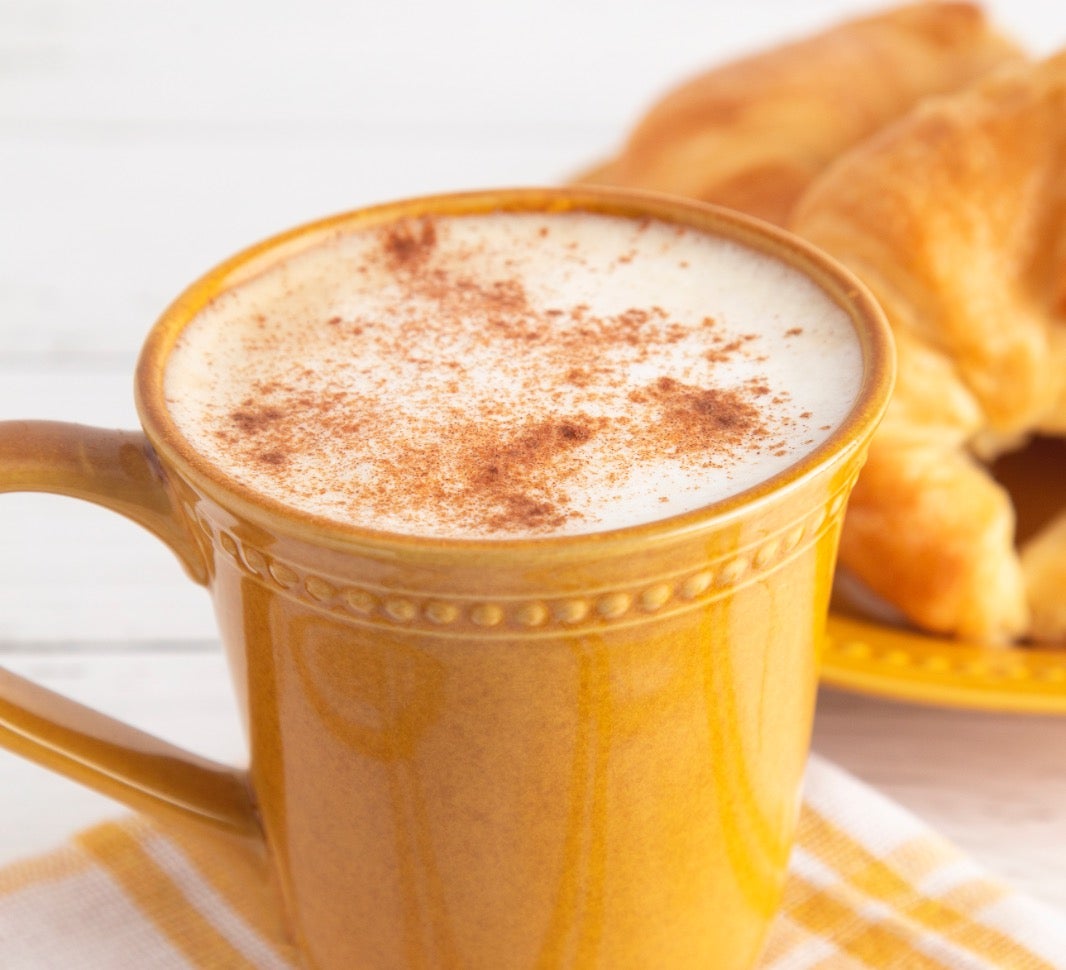
Over Extracted
This coffee term is one you’ll want to avoid at all costs as it’s what happens when espresso is exposed to brew water for too long. The result is a drink that possesses a bitter or burnt taste – not ideal for making those smooth and delicious lattes or cappuccinos!
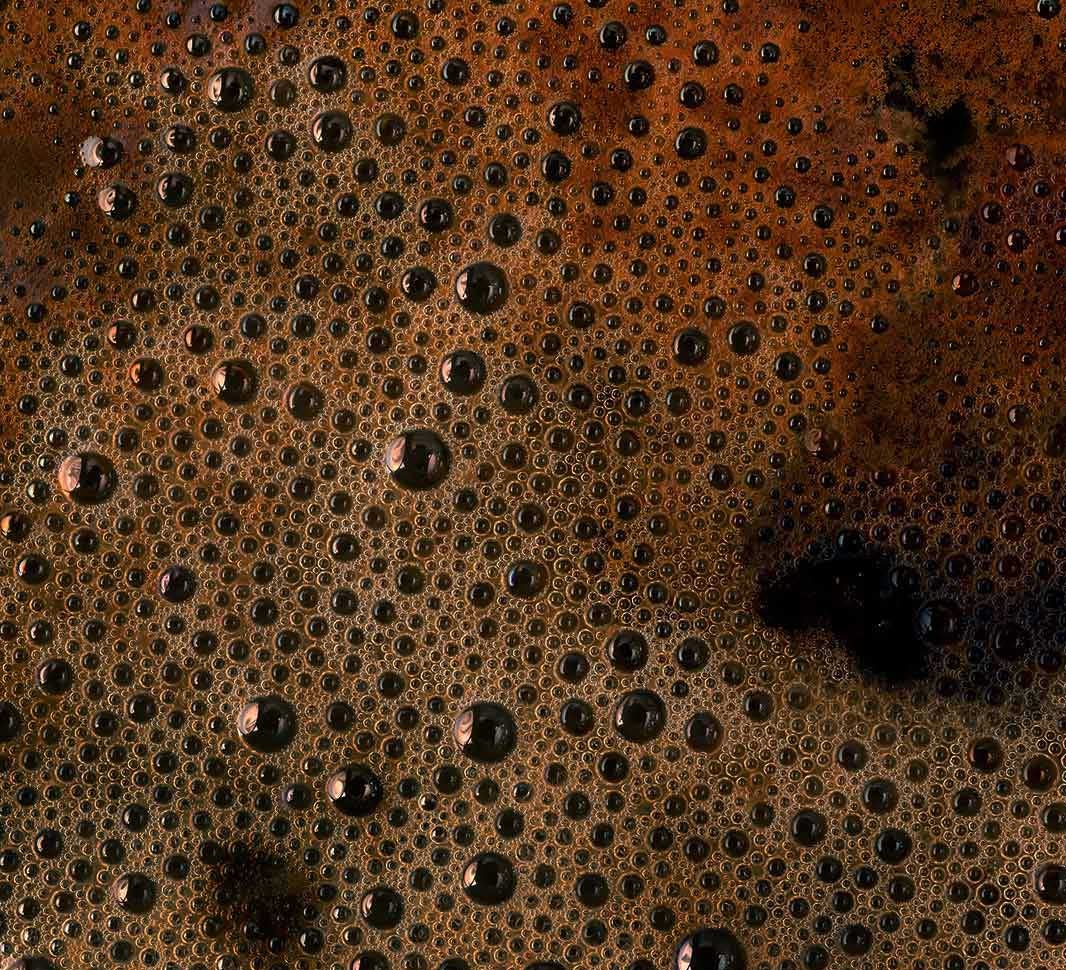
Portafilter
Most valued by baristas, it’s perhaps the most essential item in their toolkit. It’s what’s responsible for holding the ground espresso beans in the coffee machine for the whole brewing process.
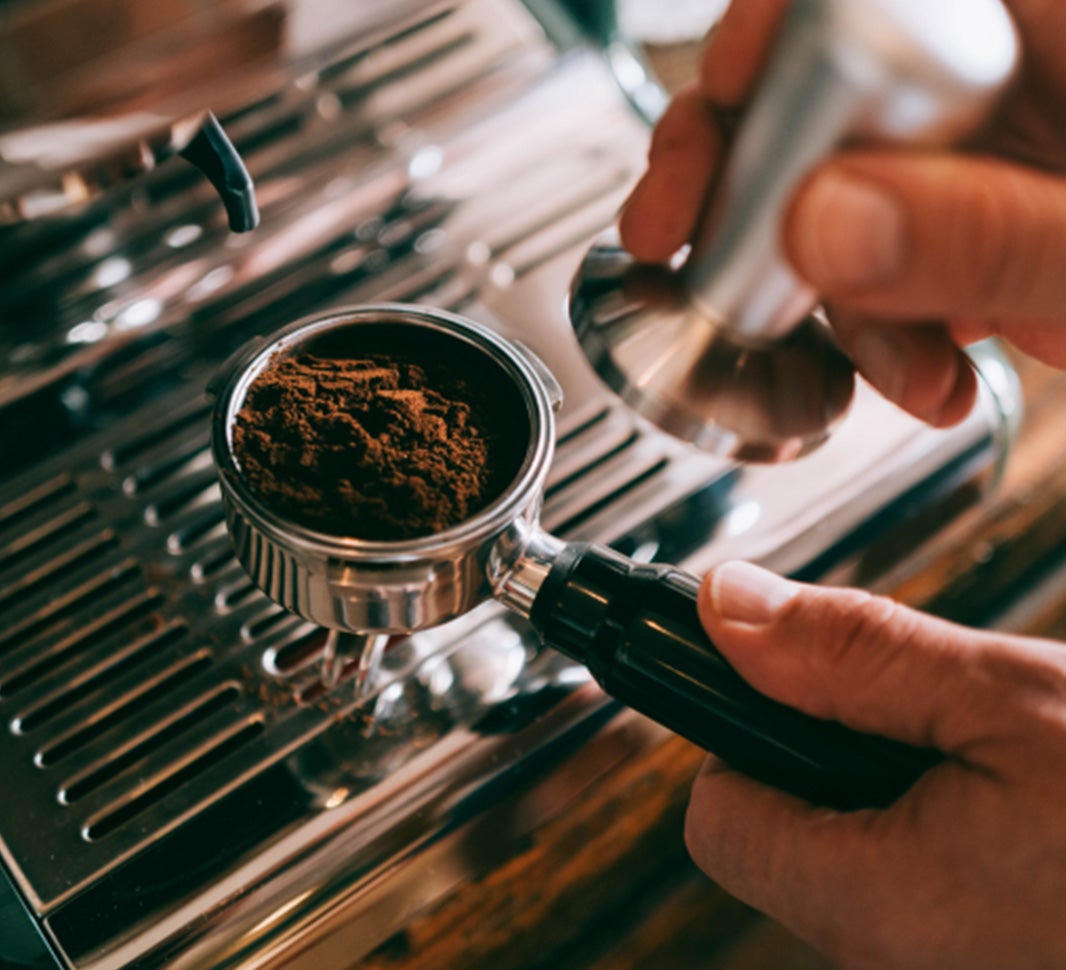
Quaker
A Quaker is a coffee term which refers to un-ripened coffee beans. They usually have a wrinkled surface and remain pale even when roasted.
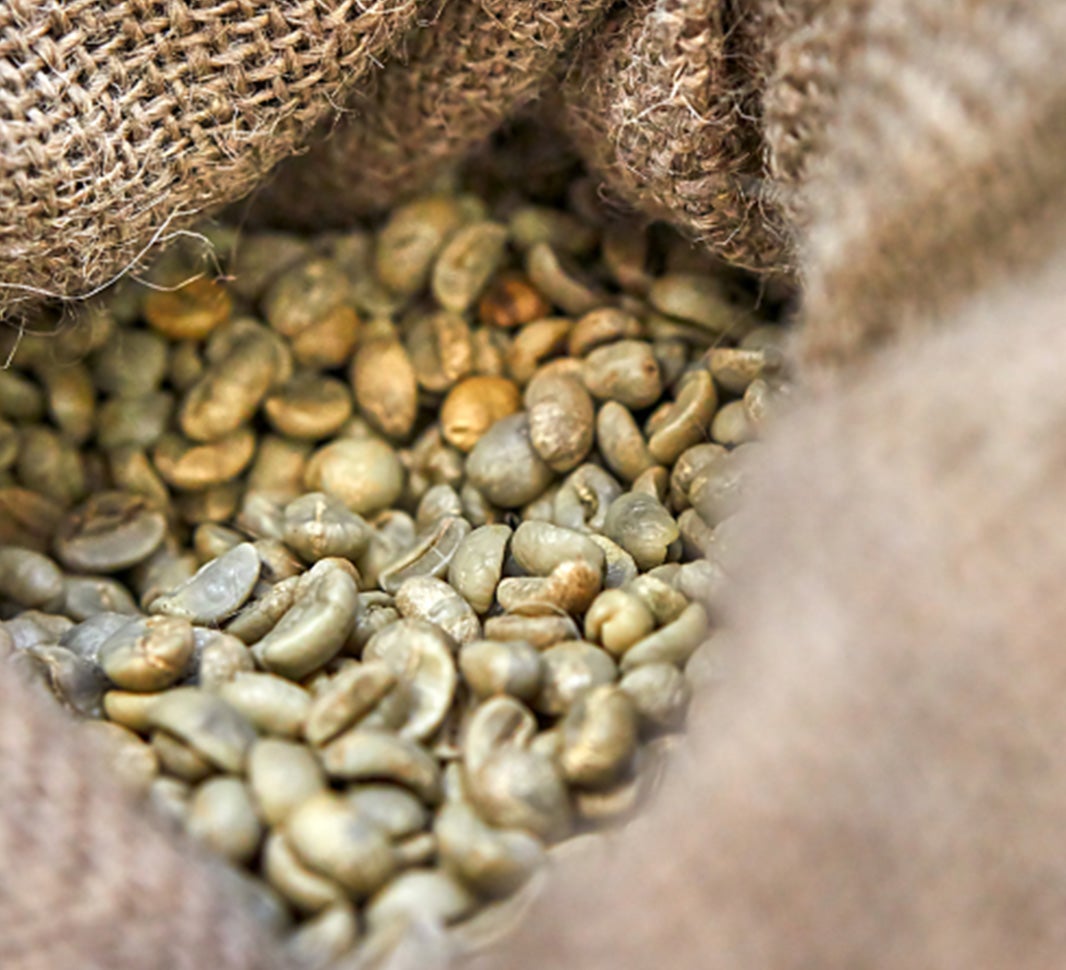
Roasting
Roasting is what gives coffee beans that delicious smell and darkened colour, plus it also has a huge impact on the overall taste profile. Coffee can be roasted light, medium or dark and each roast type has a different level of acidity and unique flavouring.
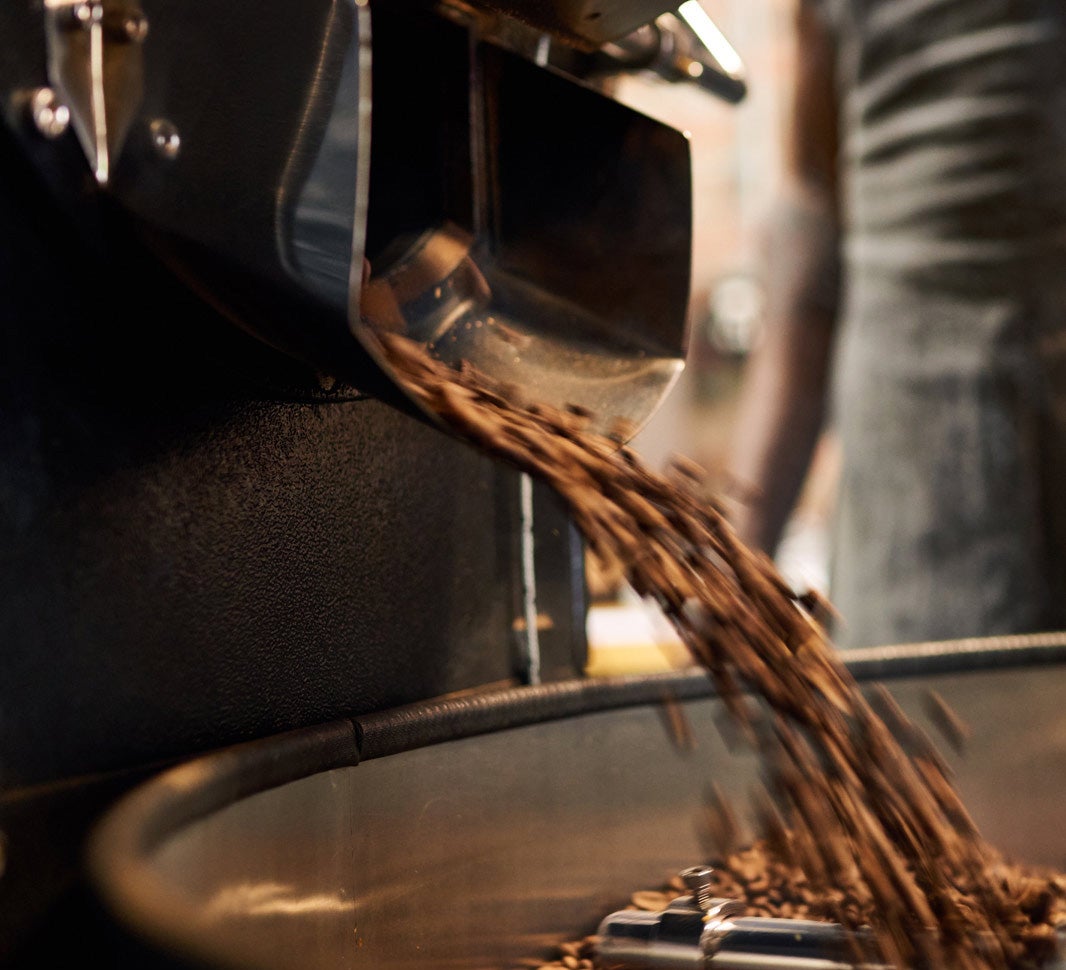
Single Origin
Single origin coffee is when the beans are sourced from a single location. Due to this, it’s generally of a much higher quality with a stronger flavour profile as it’s not a blend of beans from varying locations and growing conditions. Why not give it a try with our NESCAFÉ® Gold Origins range?
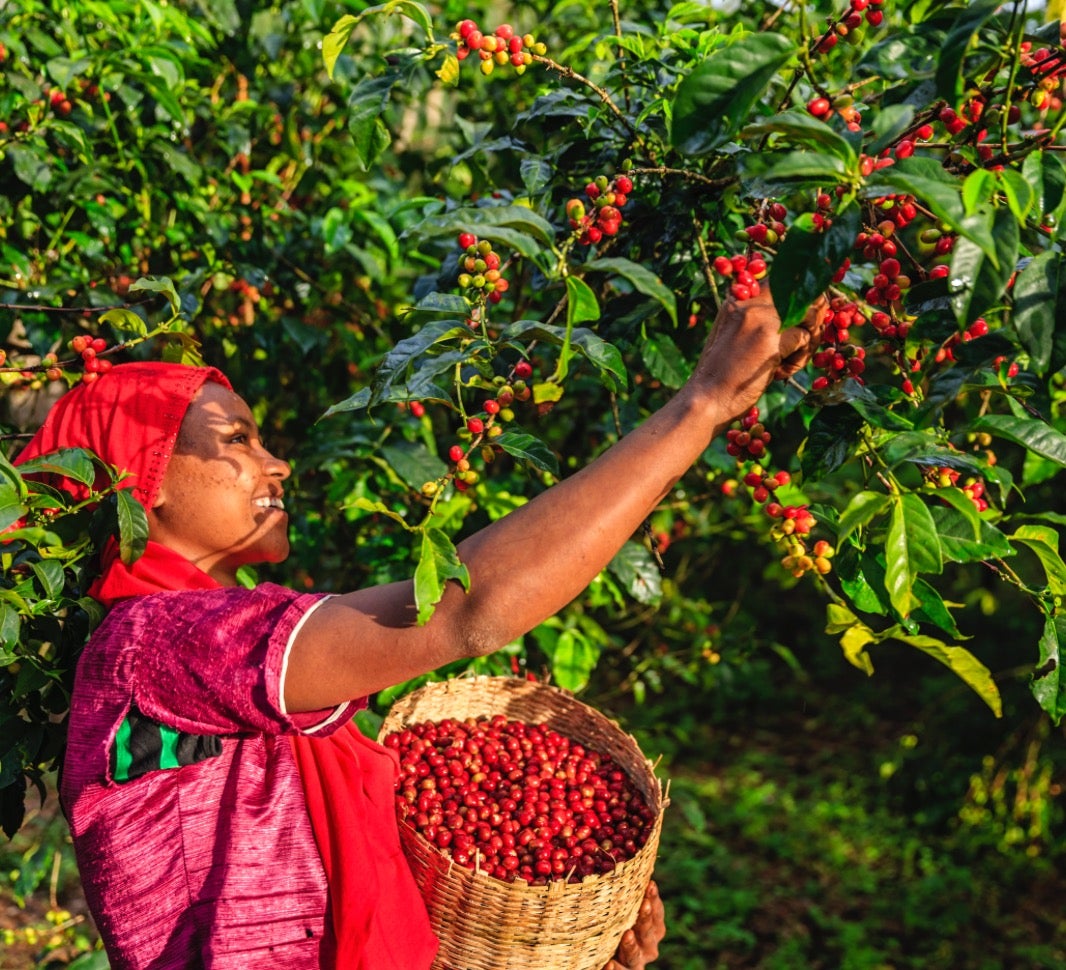
Turkish Coffee
Did you know that Turkey is one of the coffee hotspots of the world? They have a very unique way of making coffee which is said to be more akin to cooking than brewing and the result is a thick and frothy drink with a very strong aroma.
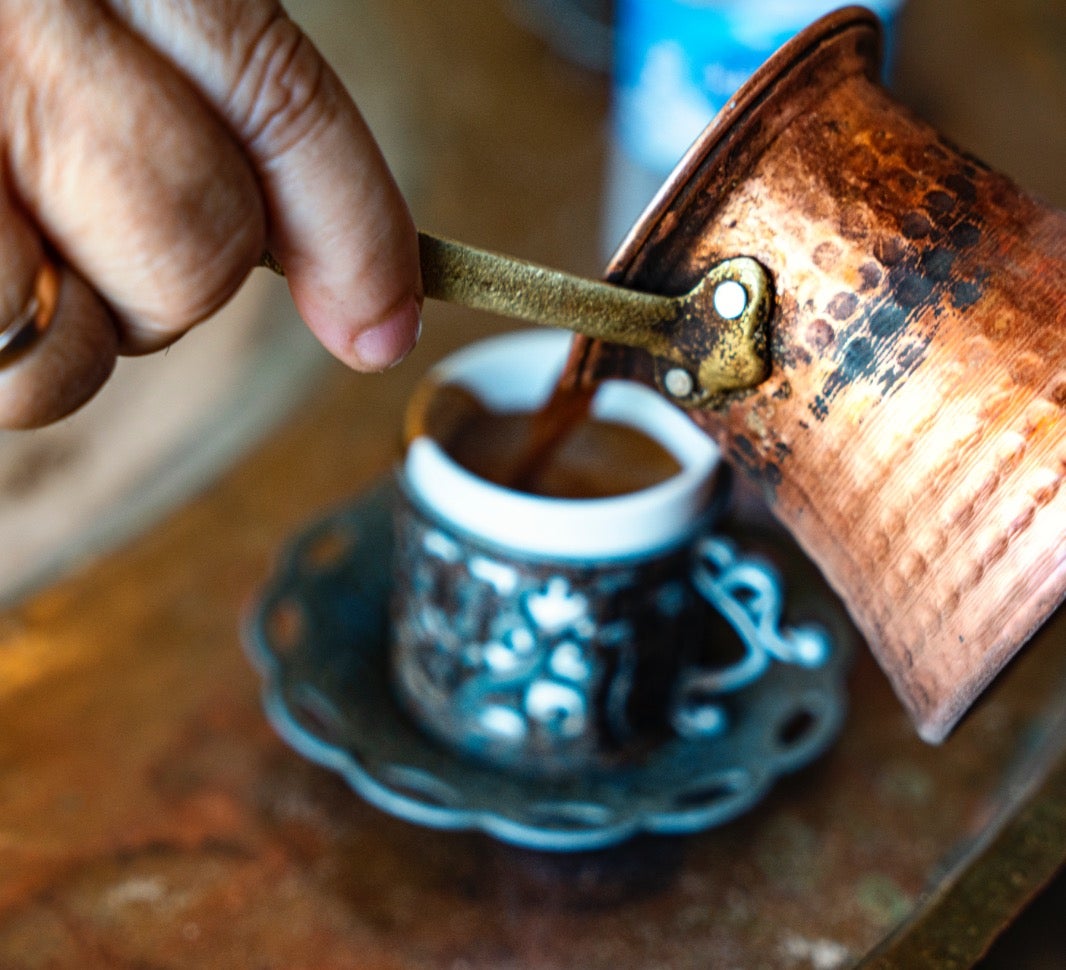
Uganda
Uganda is in the top 10 coffee producing countries. Its landscape with rich, volcanic soil provides the ideal conditions for growing coffee plants.
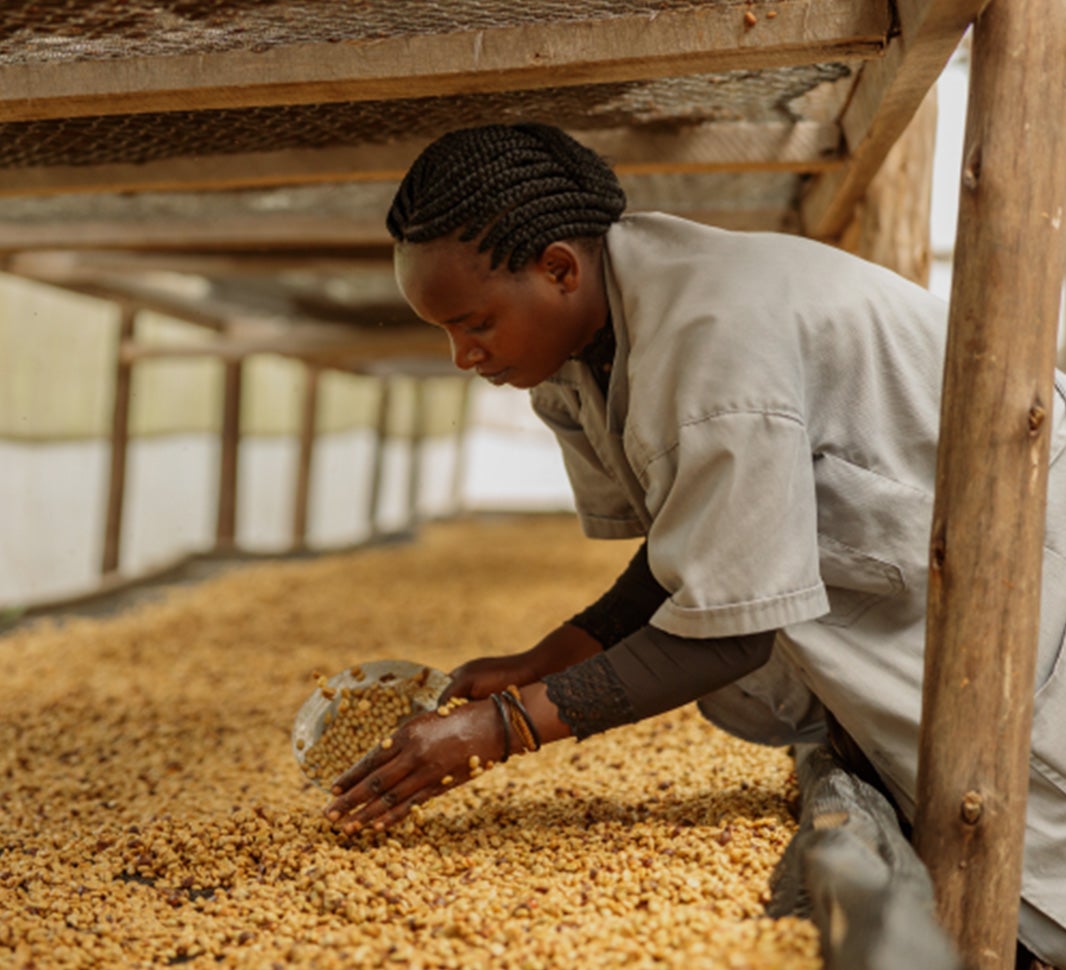
Vietnamese Coffee
A type of coffee that’s unlike any other, rich and flavourful with an added tang of sweetness thanks to the layer of condensed milk in the bottom of the glass. What’s more, you can also enjoy this beverage iced, so it’s perfect all year round!
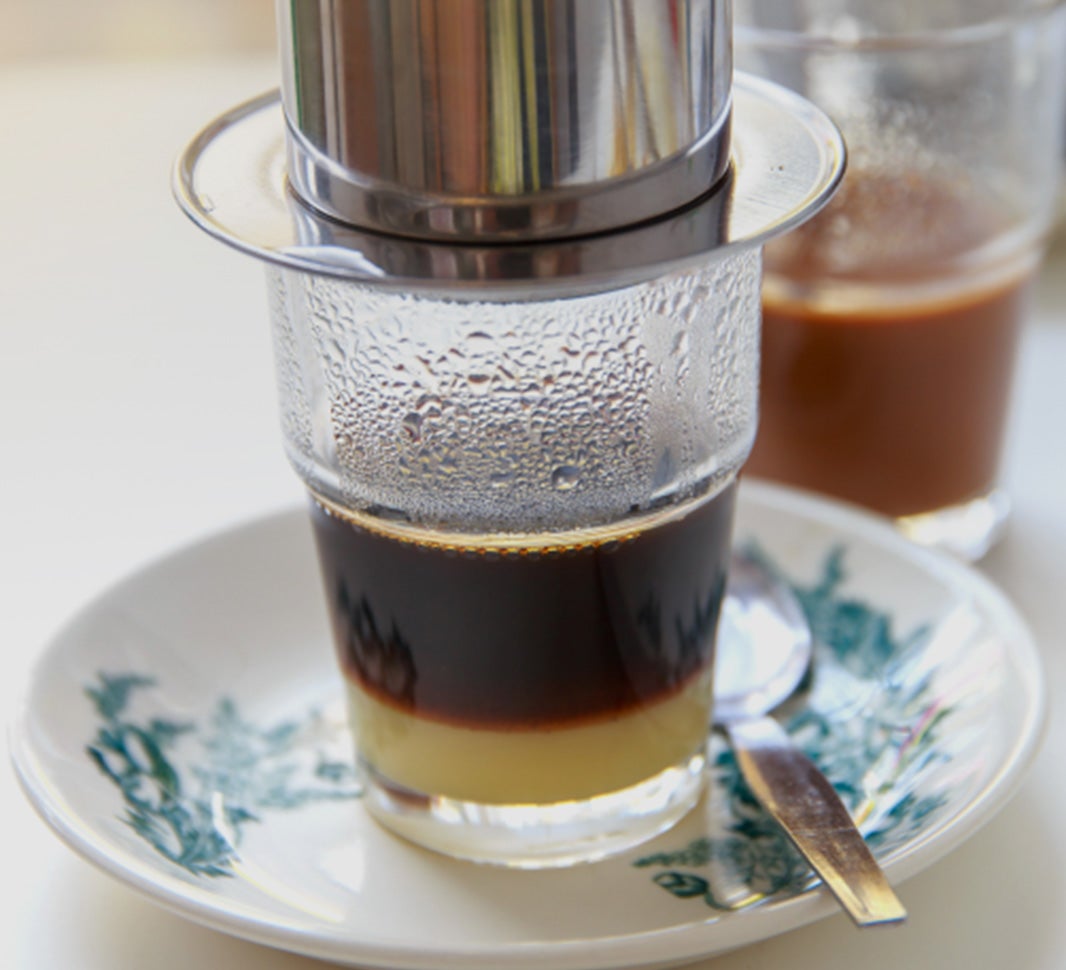
Wet Processed
A coffee term that refers to how the layers (skin and pulp) around the coffee bean are removed. This is the most common way for coffee beans to be processed.
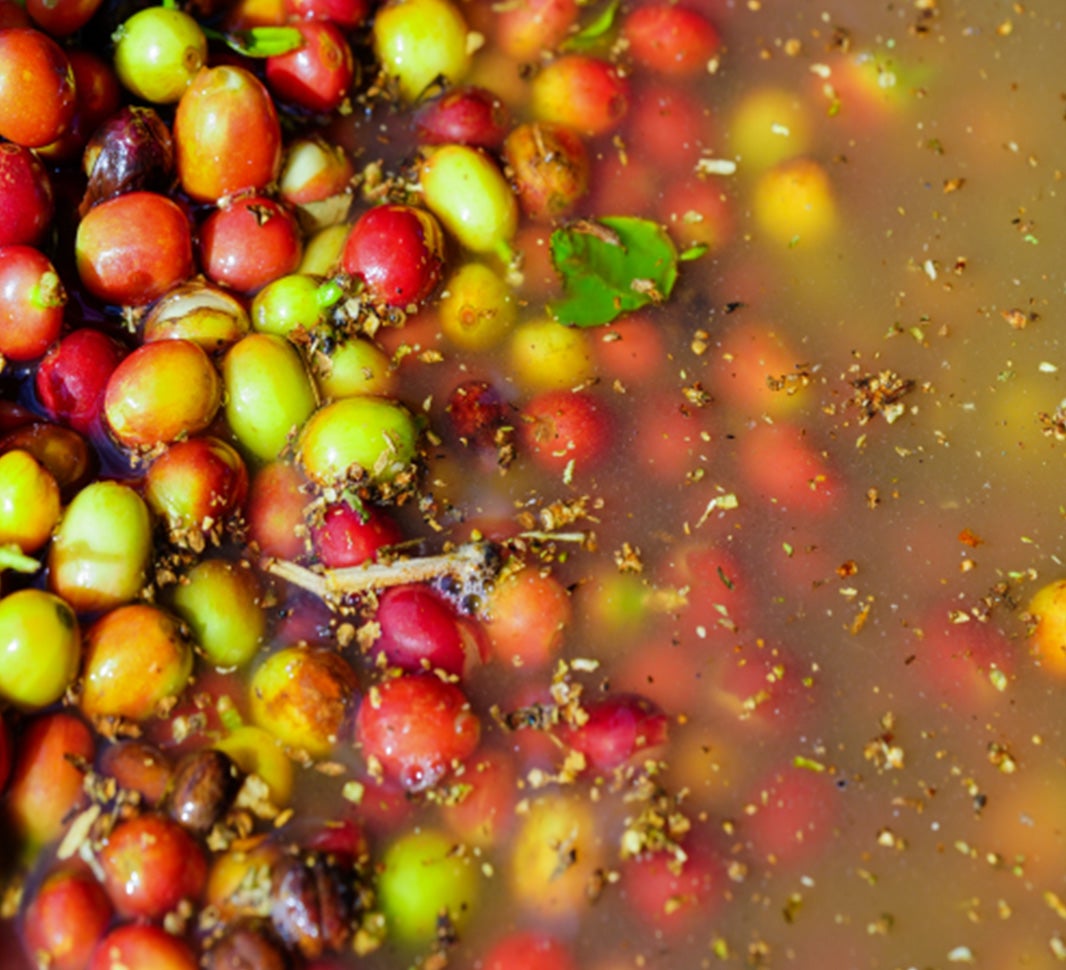
X-Factor
To have X-factor a coffee today needs to be many things. It needs to come from the finest beans to ensure that it is great tasting. But more than this, it must also be produced in a sustainable manner and brought to you in the most efficicent way possible. This is why at NESCAFÉ® we are focused on honouring our PLAN 2030 commitments to you and the coffee growing communities around the world.

Yield
Yield is a coffee term that refers to the weight of the espresso in the cup, put simply, the more yield, the more espresso!
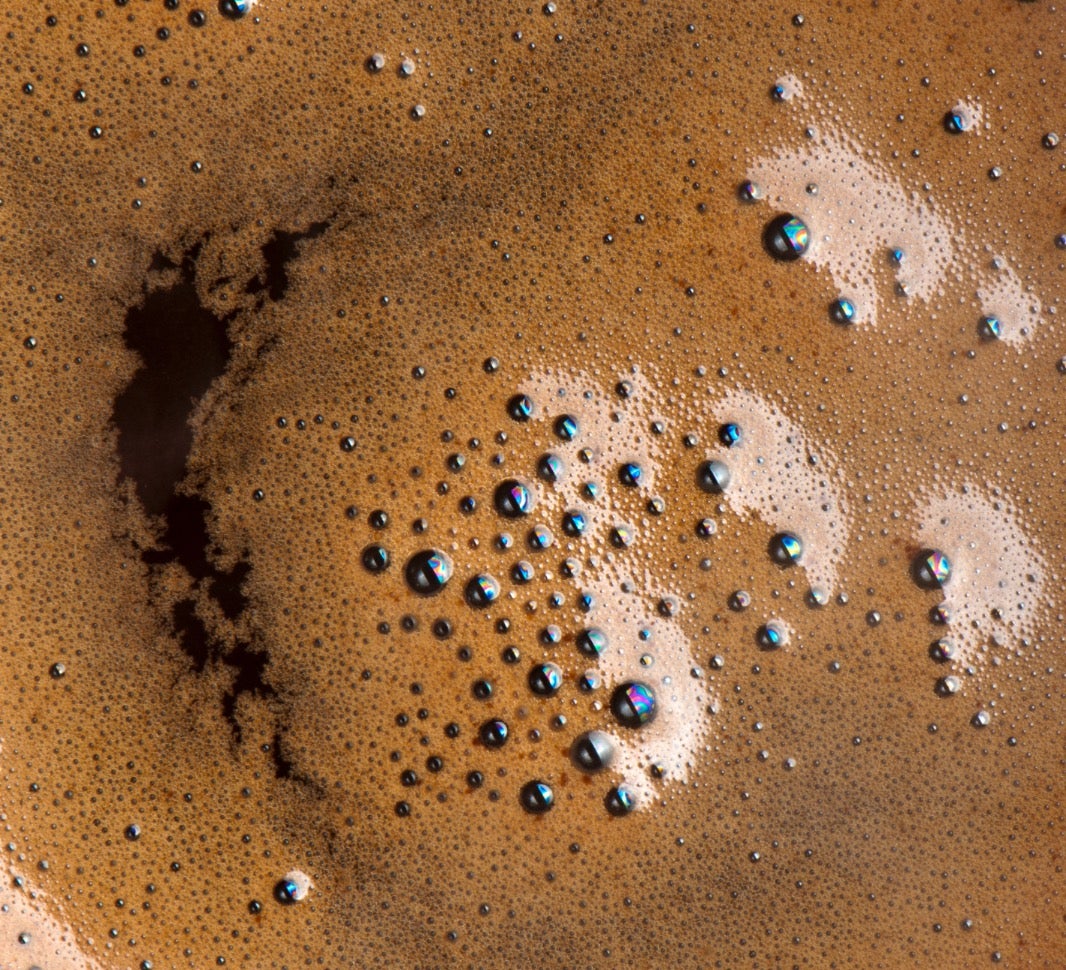
Today’s community favourites
Discover some of the most enjoyed articles from across the site

Discover the origins of coffee
Where does coffee come from?
When learning about where coffee comes from, it’s important to know that it doesn’t originate from just one place. In fact, coffee is grown in more than 50 countries around the world, in what is known as the ‘coffee belt’. This includes Africa, Latin America and Asia. These regions have just the right combination of altitude, soil and weather, providing the perfect climate for growing the most delicious beans.
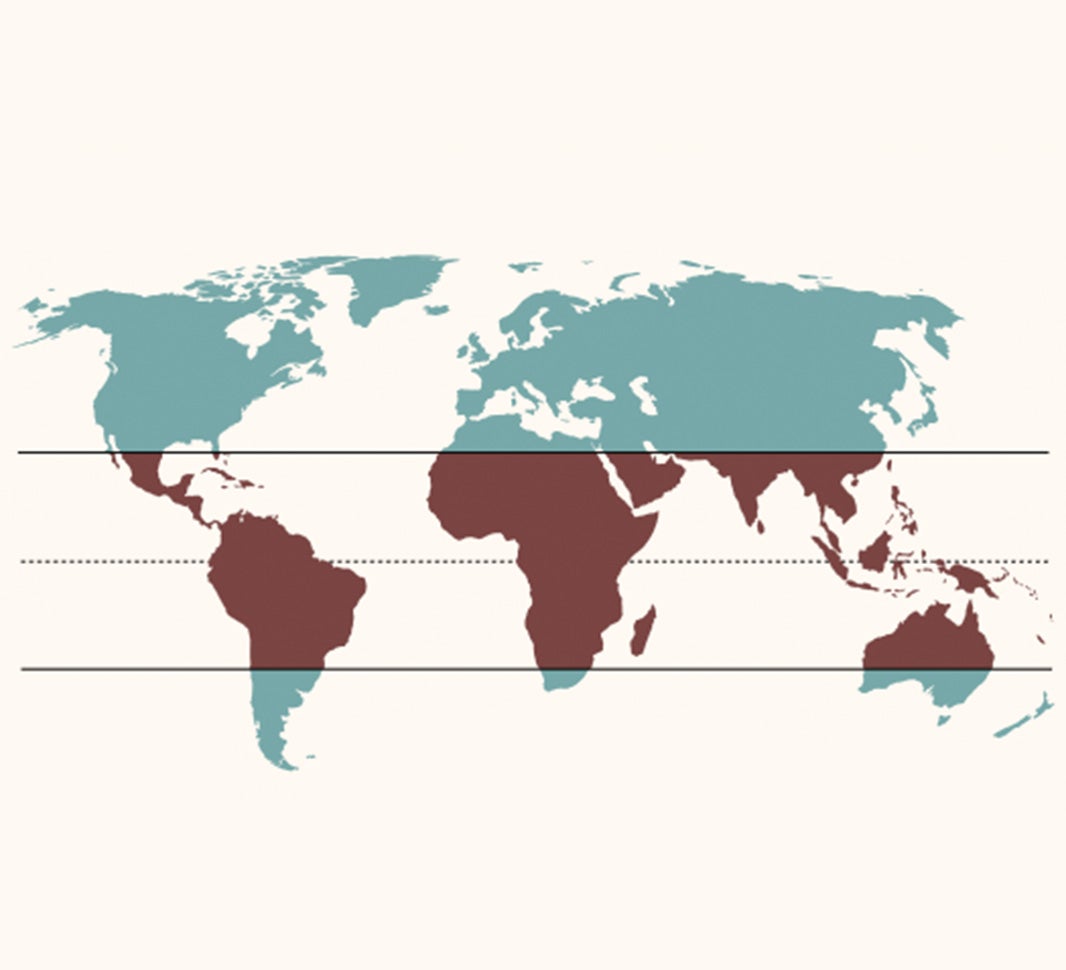
African coffee
African coffee is thought to be some of the best in the world due to its wonderfully distinctive flavour. Traditionally, African coffee boasts the following characteristics:
- Syrupy
- Medium acidity
- Medium to dark roast
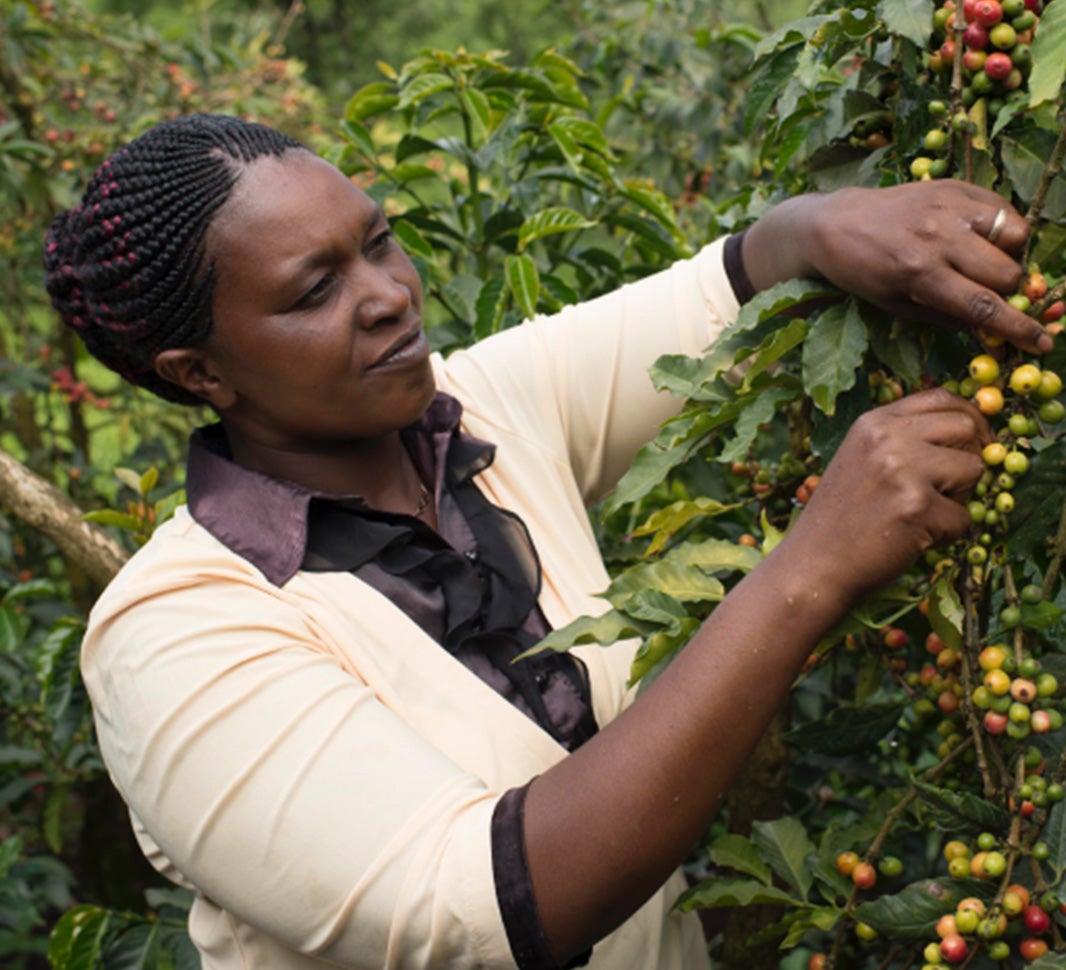
Did you know coffee is grown in more than 50 countries around the world? It’s known as the ‘coffee belt’ and includes Africa, Latin America and Asia.

Latin American coffee
Considered one of the coffee capitals of the world, coffee from Latin America makes up most of the blends found on supermarket shelves today. The flavour is universally enjoyed which is mostly attributed to its well-rounded taste. A few of the key characteristics of Latin American coffee are:
- Nutty
- Low acidity
- Light or medium roast
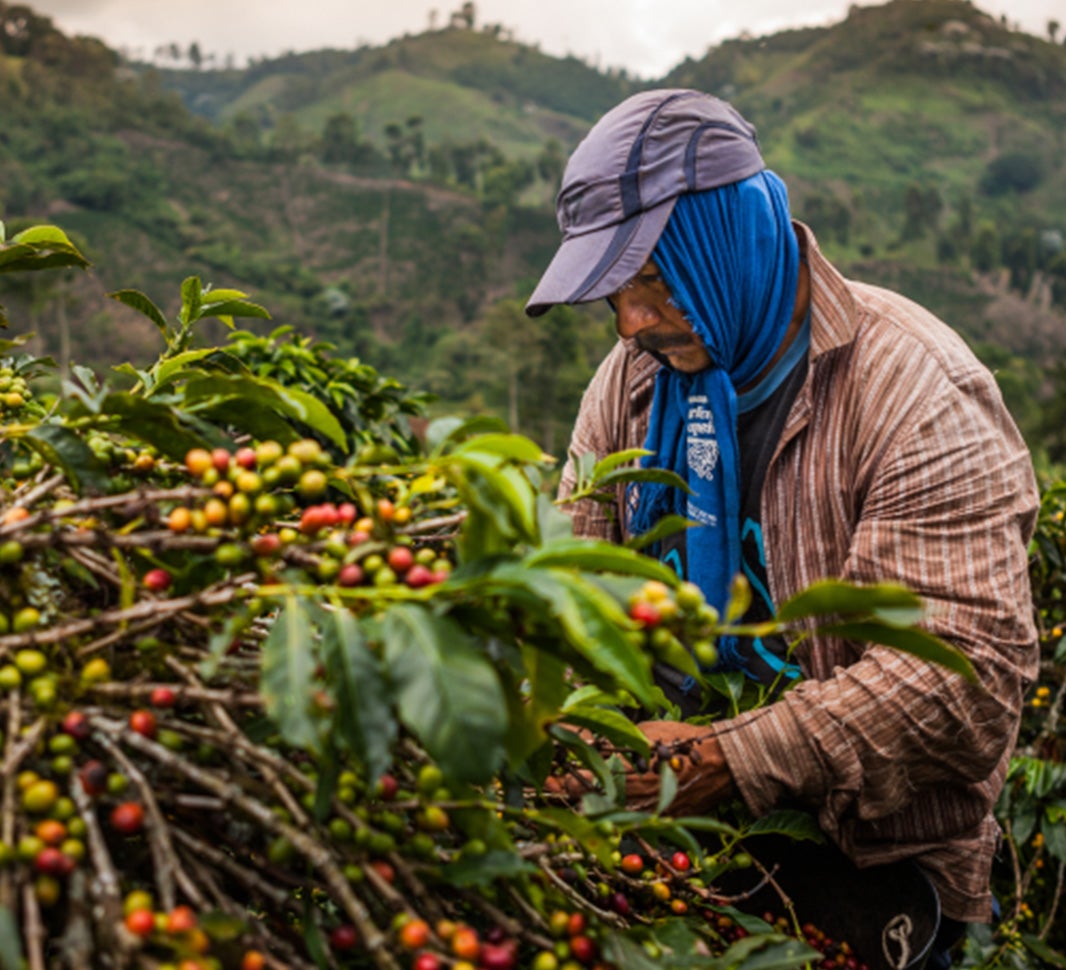
Asian coffee
Asia is home to some of the most unique coffee blends with bold, unique flavourings unlike any other. Typically, you can expect Asian coffee to have the following characteristics:
- Earthy
- Gentle acidity
- And more often than not made into a dark roast
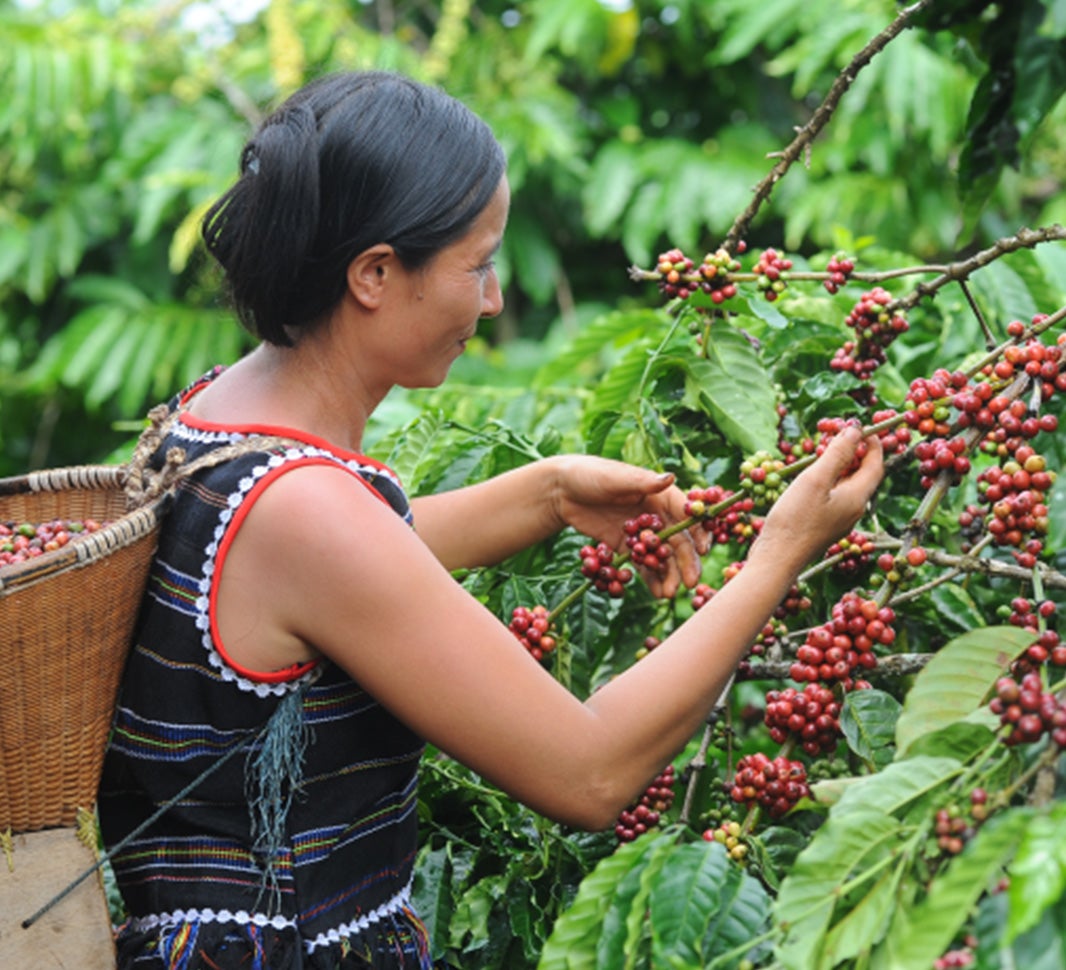
Today’s community favourites
Discover some of the most enjoyed articles from across the site


